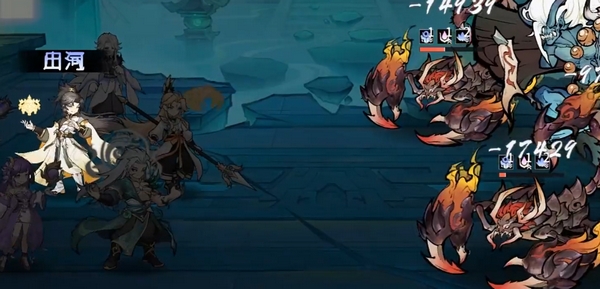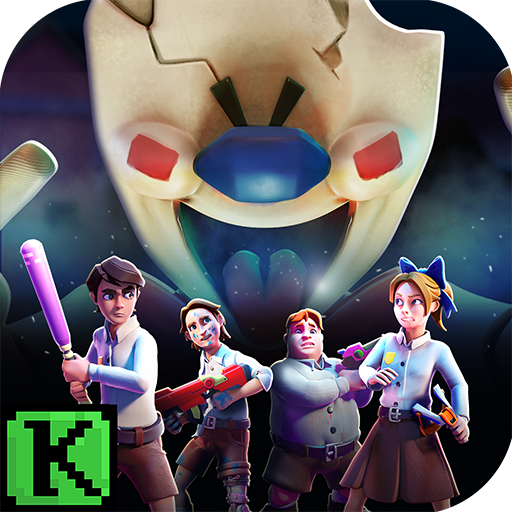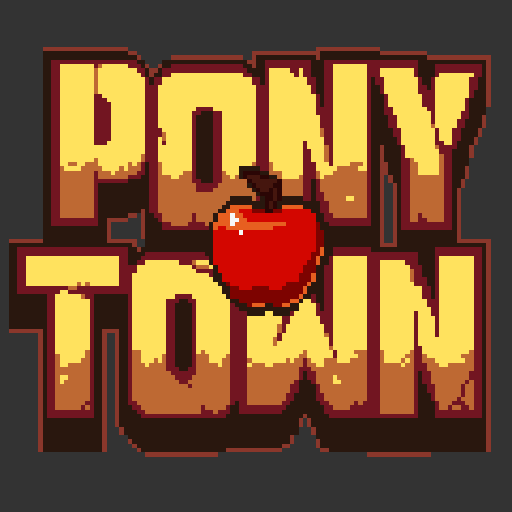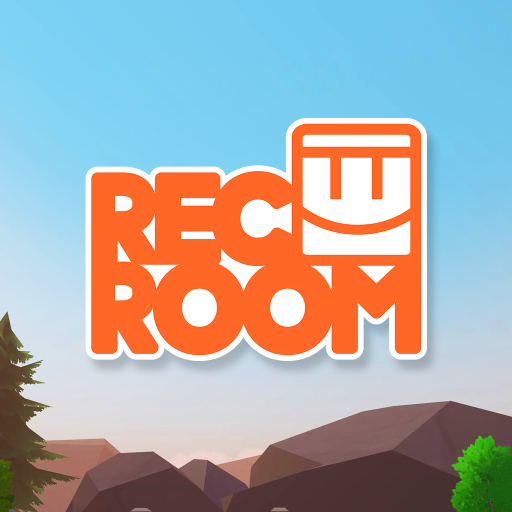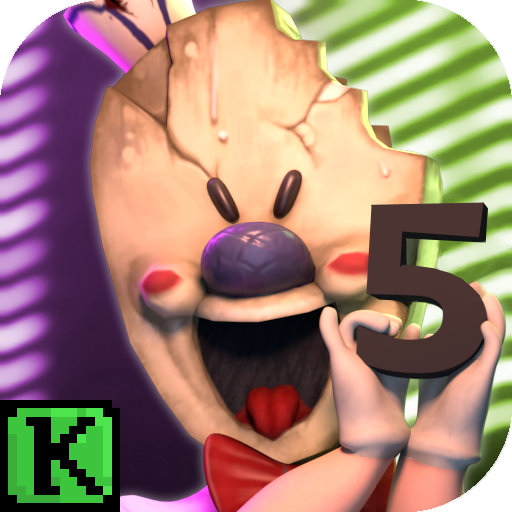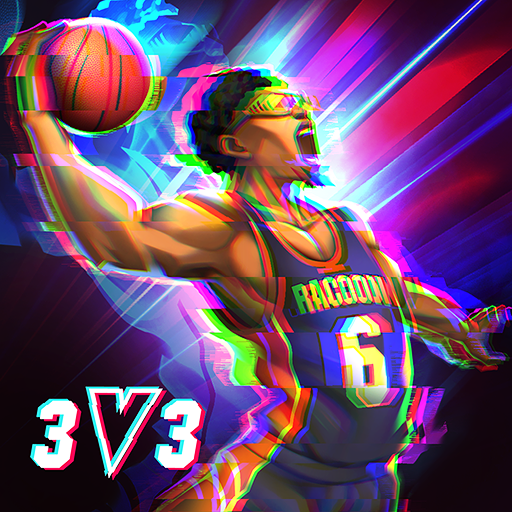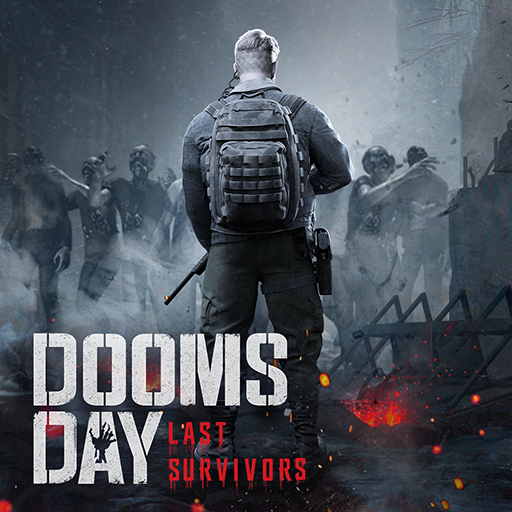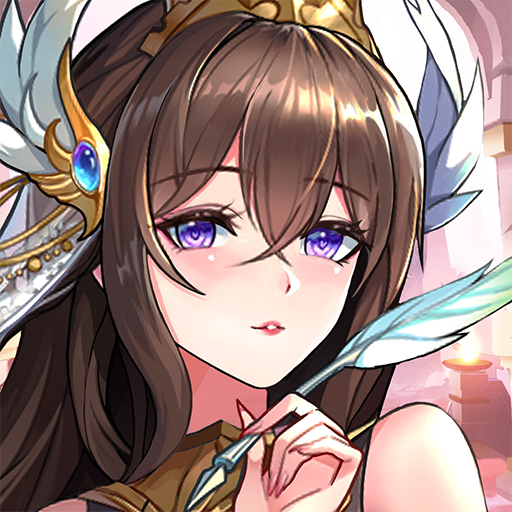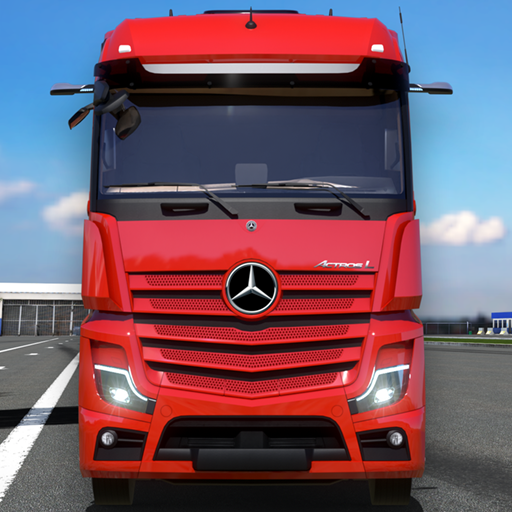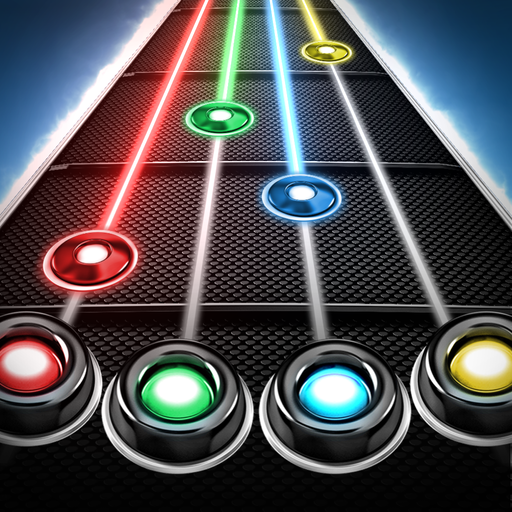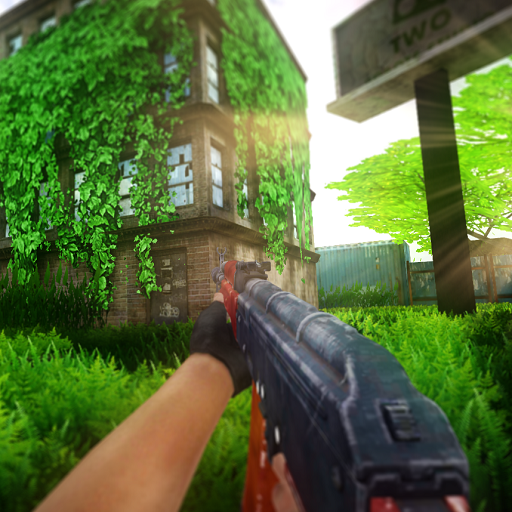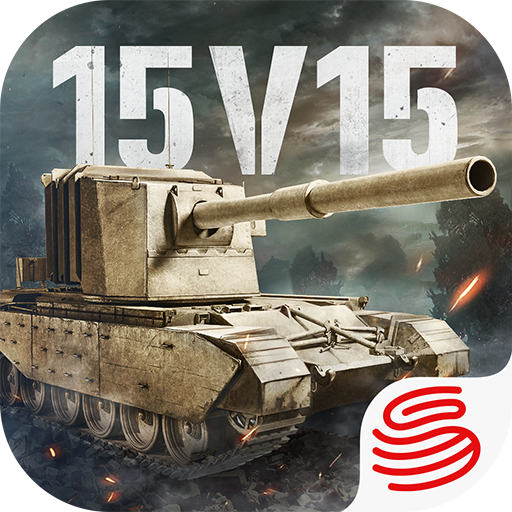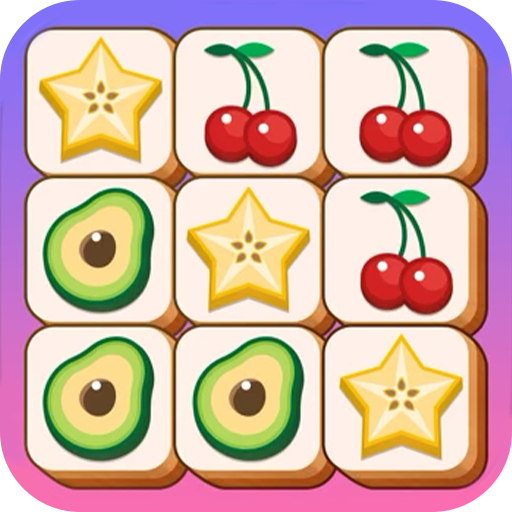
Money Tile
Game Introduction
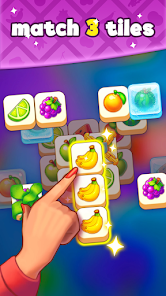
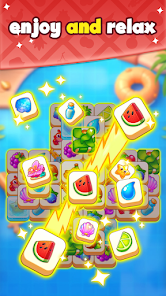
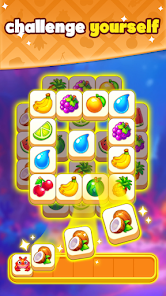
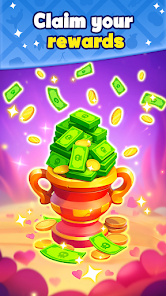


Hot Strategy
What is the use of the jade token in Yijian Fengyun Jue? Analysis of the function of the jade token in the mobile version of Yijian Fengyun Jue
What is the use of the jade token in Sword and Clouds Decisive? The player will transform into a young hero from beyond the pass, Yuwen Yi. An unexpected turmoil in the martial world unfortunately embroils the player, and even more unfortunately, the player is also poisoned by a strange toxin. To unravel the mystery of their origins, clear their name, and seek an antidote, they resolutely embark on a long journey of revenge and self-growth. So, what is the use of the jade token in the game? Let's all take a look.
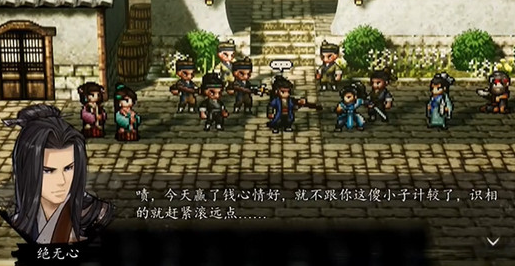
The jade token in the game has a specific use; it can assist players in acquiring the Liubo Intangible Sword Qi, making it an indispensable item for advancing and completing certain specific tasks.
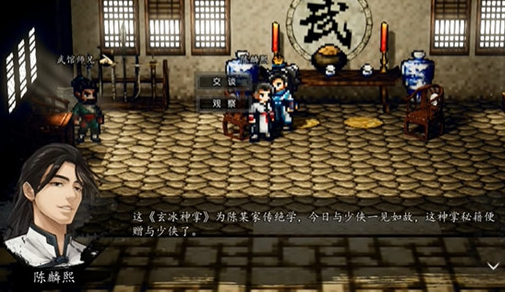
The jade token is closely linked to the quest named "Liubo Intangible Sword Qi." The primary purpose of this jade token is to guide the player through the Bagua Array, thereby successfully obtaining the sword qi. If the player acquires the sword qi through other means ahead of time, then this jade token no longer holds any practical value in the actual gameplay.
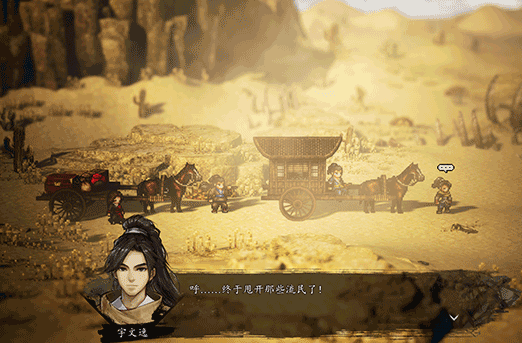
Let's share with you how to obtain the jade token. When the player is in Huadie Village, they can accept a side quest from Xiao Mei. During the mission, if the player decides to take her to the Ten Thousand Great Mountains, they will receive a jade token afterward. After getting the jade token, to unlock subsequent content, the player needs to go to some specific places. Upon reaching the designated location, one must follow the route indicated by the jade token for interaction. Only then can the following plot be triggered smoothly.
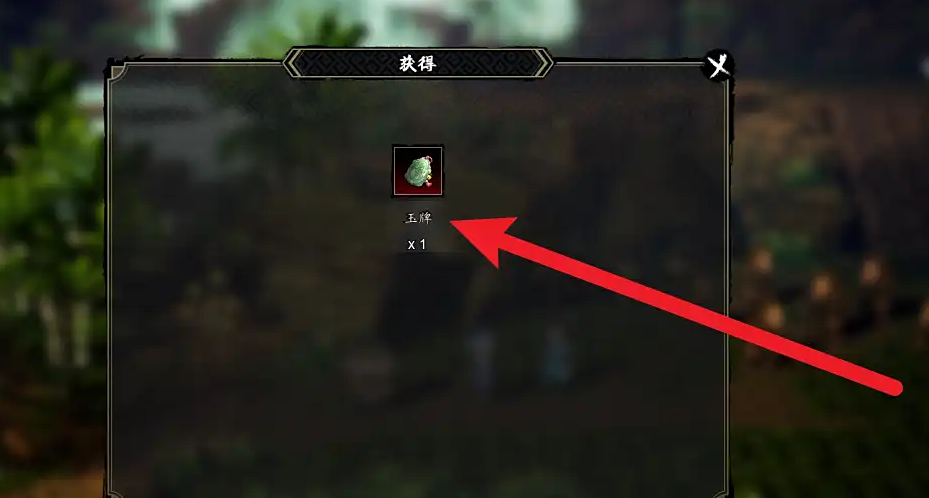
The above is all the content I, the editor, have shared with you about the use of the jade token in Sword and Clouds Decisive. The jade token is a one-time-use quest item. If the player explores on their own before reaching the specified stage or learns the method of obtaining the sword qi in advance through guides, the jade token will no longer serve its original function.
What is the use of the Fu Jianghu Waist Token and how to obtain it
What is the use of the Jianghu Waist Token? You may have noticed that there is a special item slot in the equipment bar, which is the "Waist Token". Many new players do not know what the Waist Token is used for. In fact, this is a special item that everyone uses to gain recognition in the Jianghu. It involves a lot of content. The way to obtain the Waist Token might also be unclear to many new players. Next, I will explain the specific functions and acquisition methods of the Waist Token.

Let's first look at how to obtain the Waist Token. After completing the main quest 3-5, you can get a 1st tier Waist Token. A 1st tier Waist Token can only unlock some functions and attributes. To have more functions and attributes, you need to upgrade the Waist Token. Actually, the method of upgrading is not very difficult.
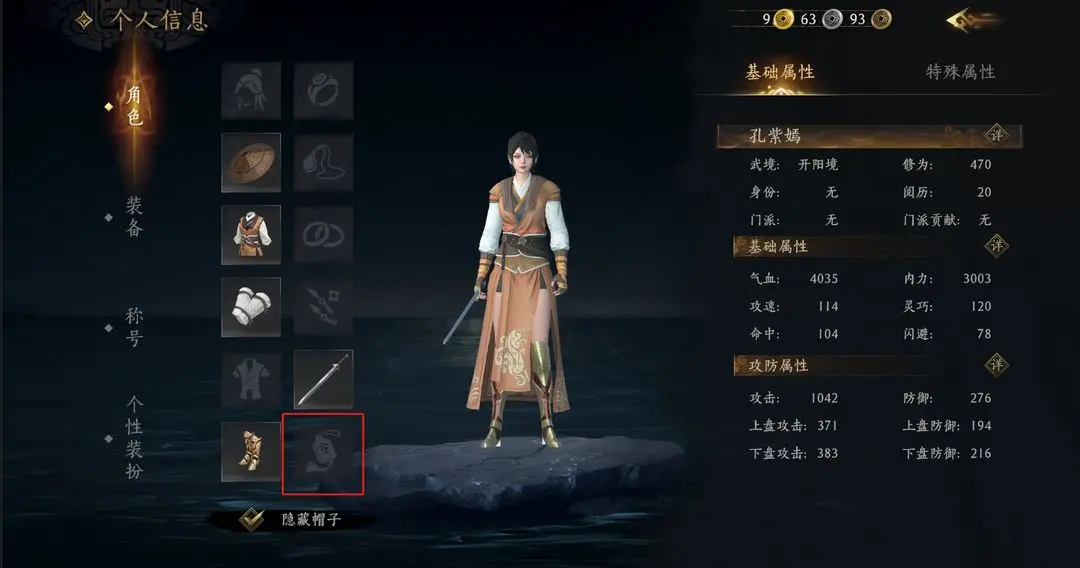
You need to find an NPC in the Origin City. This NPC is named "Gu Siyuan". Find this NPC and converse with him, and you will see the "Waist Token Upgrade" function. You can upgrade your Waist Token here. When the level of the Waist Token reaches 4, most of the functions will be unlocked. With further upgrades, it can increase the player's attribute effects. These attributes are also helpful for improving overall strength.
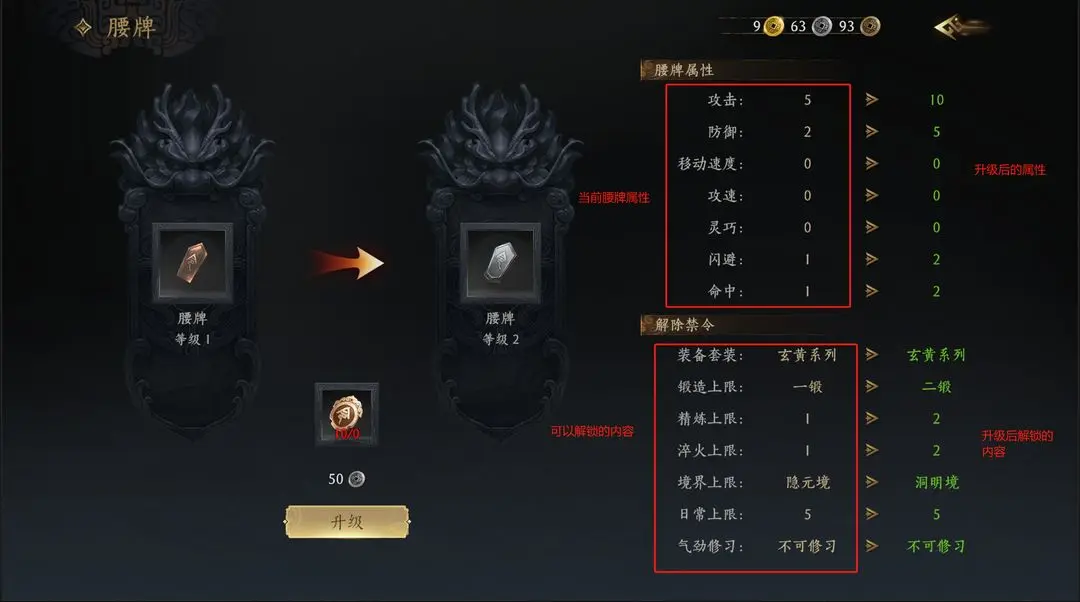
Many friends may not be clear, but one of the important uses of the Waist Token is related to currency. Currently, there are two important types of currency in the game. One is Bound Money, which players get when they sell the rewards from defeating monsters. This money is for personal consumption and cannot be traded.
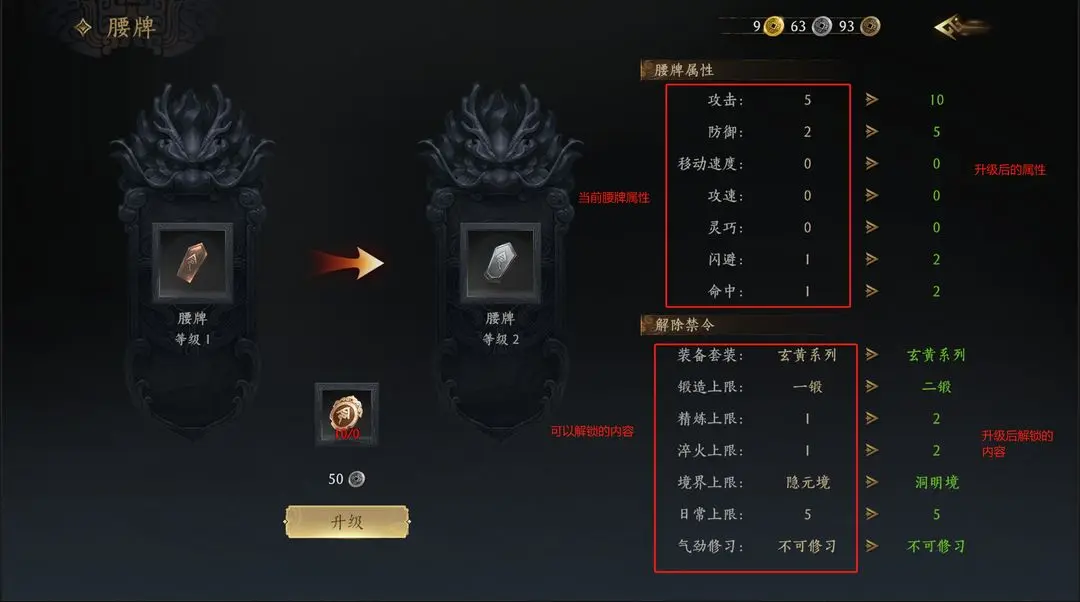
The other is Official Money, a currency closely related to the Waist Token. Depending on the level of the Waist Token, you can find the NPC Qian Fengyu at the trading post and use Bound Money to exchange for Official Money. The higher the level of the Waist Token, the more Official Money you can exchange daily. Official Money can be used to purchase precious items from the Treasure House and can also be freely traded.
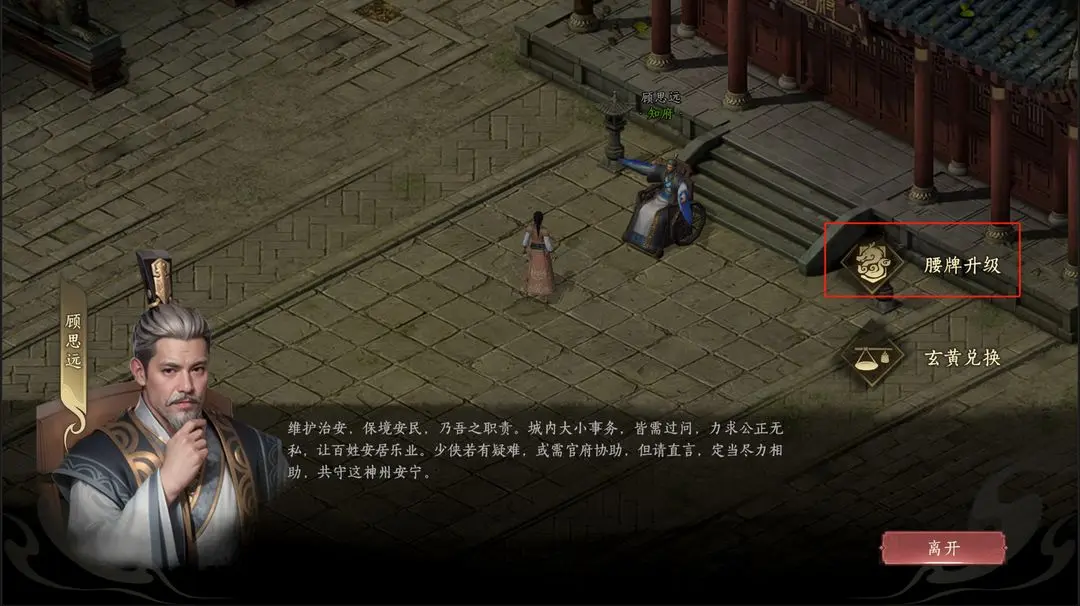
This is the detailed explanation of the functions and gameplay of the Jianghu Waist Token. In summary, the Waist Token is a very special item with multiple functions. It significantly boosts attributes and is closely related to the in-game currency. Everyone should try to improve the level of their Waist Token as soon as possible.
Where to Find the Eight Trigrams Plates in Blade & Soul 2: Guide to Obtaining Eight Trigrams Plates in Blade & Soul 2 Mobile
In the world of Blade & Soul 2, besides the traditional ways of leveling up characters and enhancing equipment, there is also a unique gameplay feature - the Trigram Cards. These mysterious cards not only make your character stronger but also bring various unexpected effects. So where can you find the Trigram Cards in Blade & Soul 2? Today, we will talk about Trigram Cards and teach you how to get them quickly. Let's take a look.
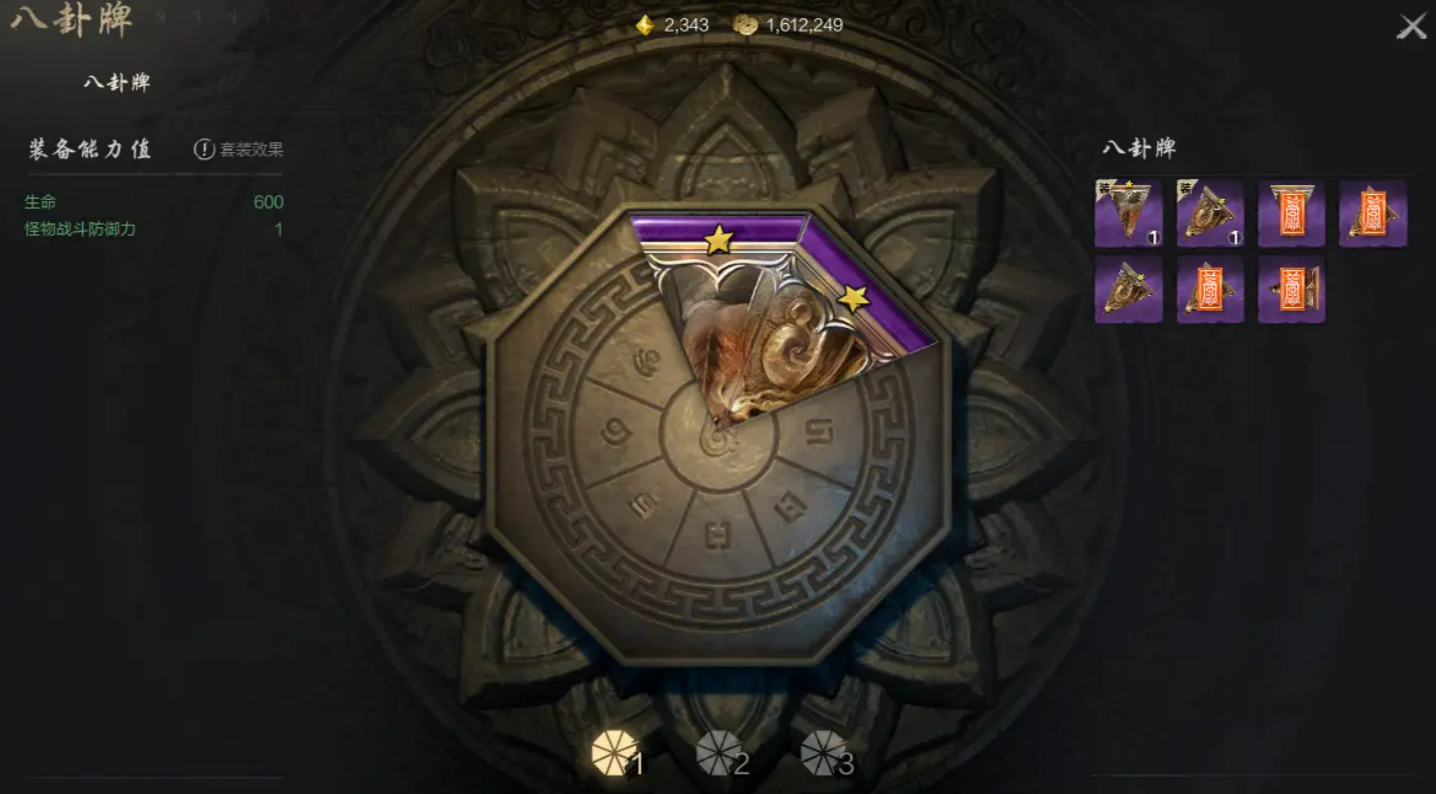
Firstly, Trigram Cards are special items that enhance a character's combat power through equipping. A complete set of Trigram Cards consists of cards numbered from 1 to 8, and each card number must be placed in its designated position; for example, a No. 1 card can only be placed in the No. 1 slot. It's important to note that even if you have multiple No. 1 cards in your inventory, you can only equip one. This is something to keep in mind. The Trigram Cards themselves come with basic attribute bonuses, but if you manage to collect a full set of Trigram Cards, you can activate even more powerful set effects. For instance, collecting three "Faded Red Lotus Trigram Card" series cards can increase defense, while having five increases penetration. The set effect makes your character more formidable in battle.
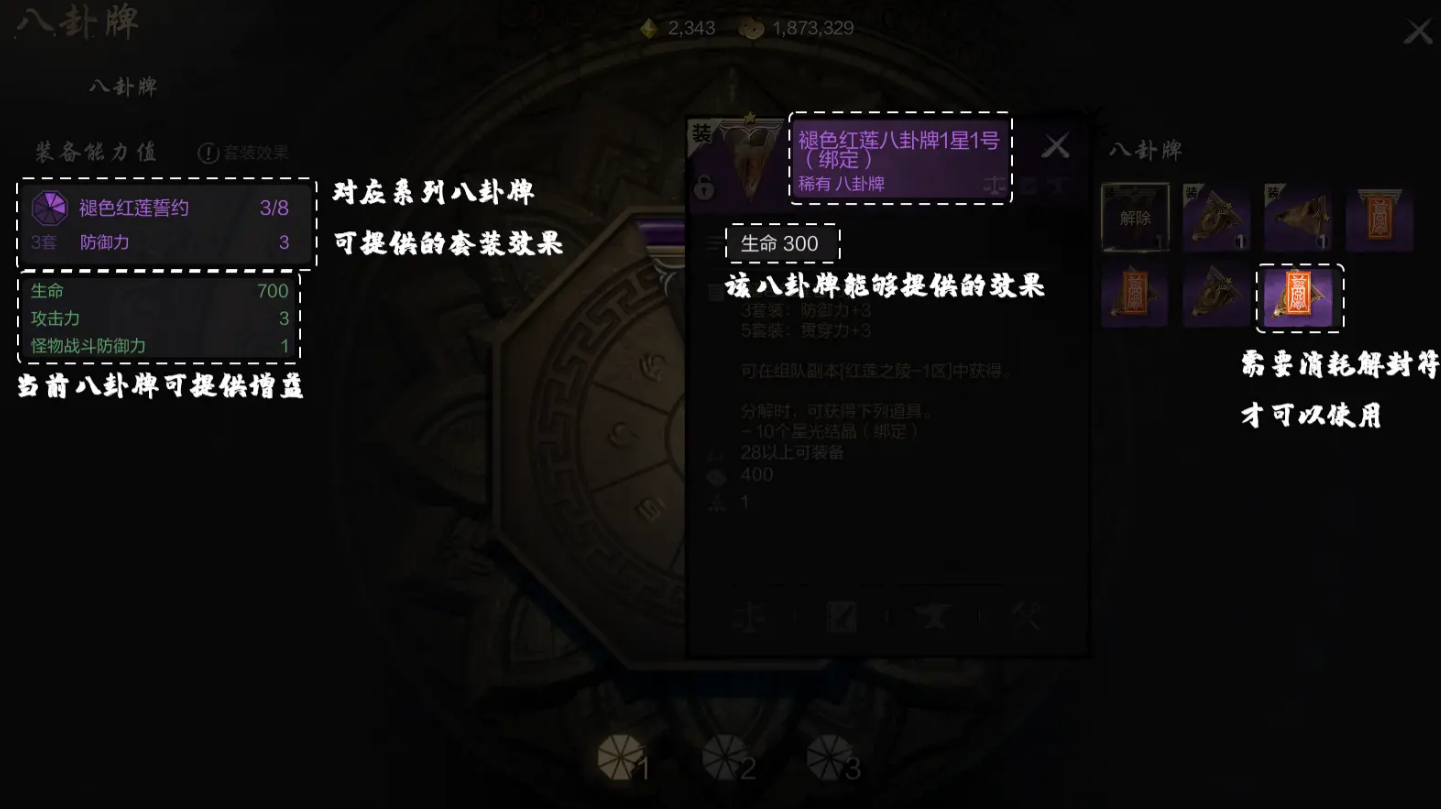
However, Trigram Cards are not immediately usable upon acquisition. In most cases, Trigram Cards dropped from dungeons are sealed, and you need to use unsealing scrolls to unlock them. Unsealing scrolls can be purchased from the shop, with each scroll costing 1000 gold. The use of unsealing scrolls is not limited to unlocking Trigram Cards; they can also unseal other sealed equipment, helping you make full use of every good drop.
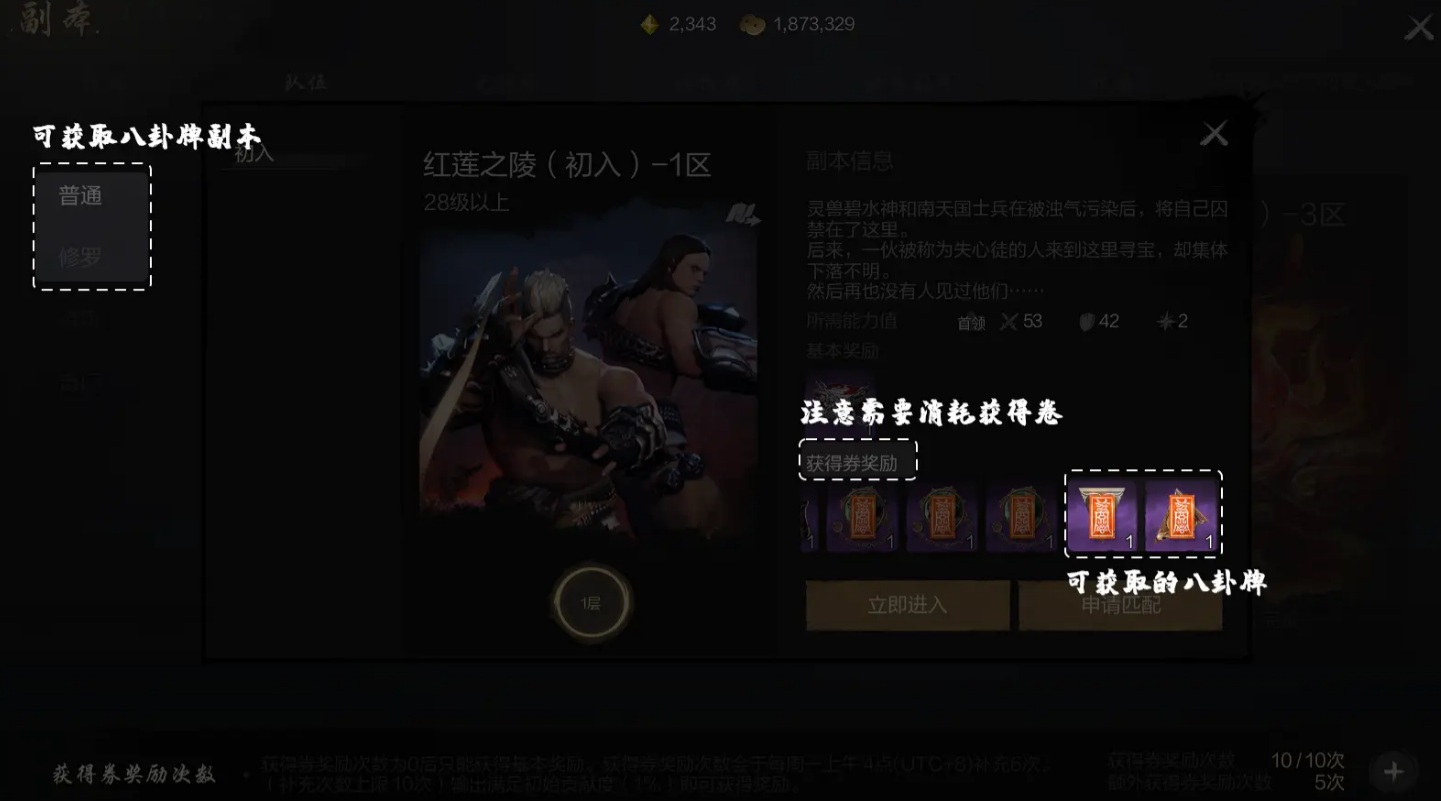
As for acquiring Trigram Cards, the most common method is through dungeon drops. Particularly in the "Red Lotus Tomb" dungeon and its Asura difficulty version, you have the chance to obtain Trigram Cards. Specifically, different sections of the Red Lotus Tomb dungeon drop different Trigram Cards. The first section yields No. 1 and No. 2 cards, the second section has No. 3, No. 4, and No. 5 cards, and the third section drops No. 6, No. 7, and No. 8 cards. To acquire Trigram Cards more efficiently, it's recommended to team up and challenge these dungeons, as higher difficulty dungeons provide better quality drops. Additionally, besides dungeon drops, the shop also offers some convenient options, especially when you urgently need to unlock certain important Trigram Cards, making unsealing scrolls an indispensable helper.
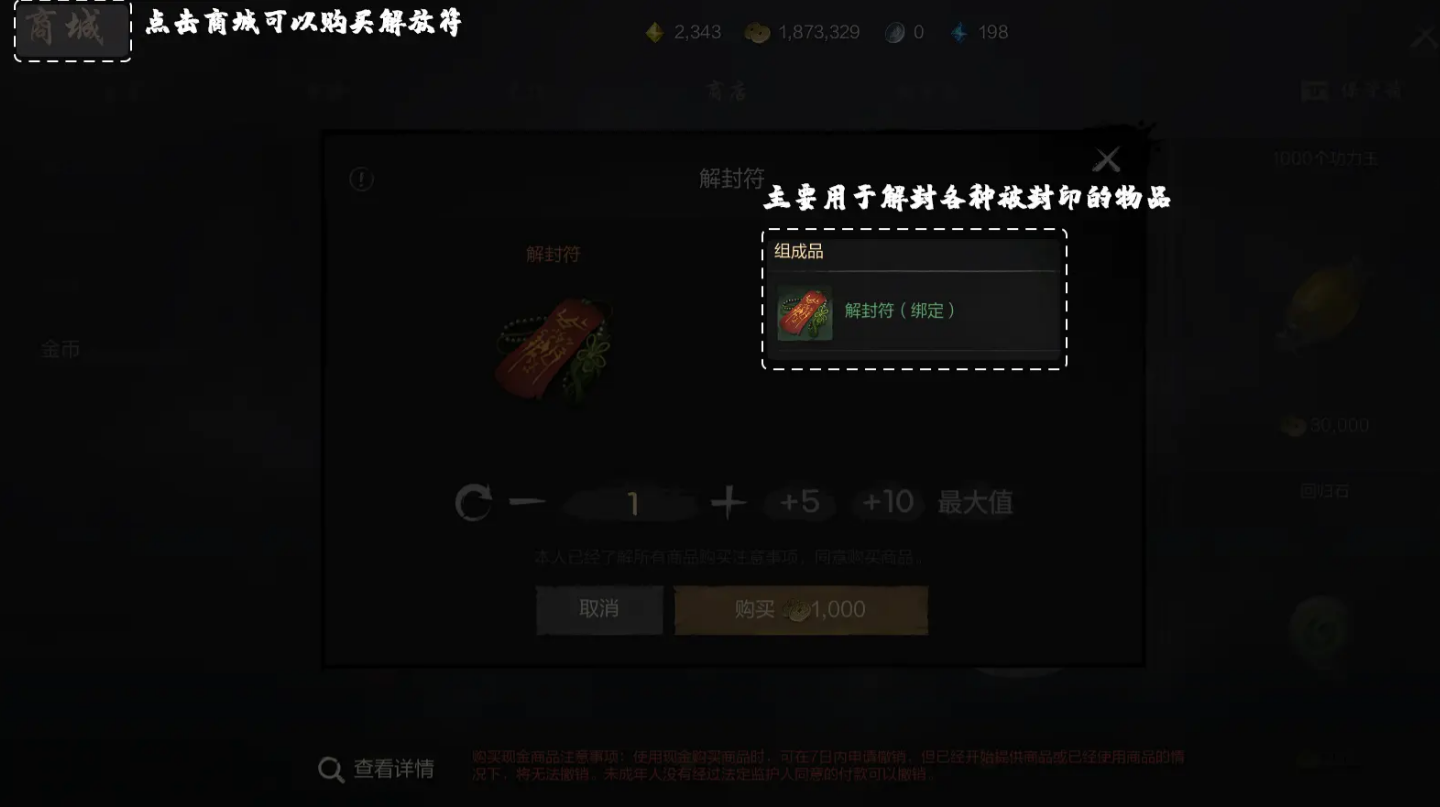
The above is all about where to find Trigram Cards in Blade & Soul 2. Trigram Cards are not only an important gameplay feature for increasing character strength, but reasonable collection and matching are key to enhancing combat power. By obtaining Trigram Cards through dungeons and using unsealing scrolls to unlock them, you can gradually build your own Trigram set, making every battle in the game easier. Mastering these techniques will allow you to stand out and dominate in the world of Blade & Soul 2!
How to replace the Codename Assassin card? Can the Codename Assassin card be replaced?
In the game Code Name: Kill, players can use different character cards to gain various skill effects and then reasonably utilize their hand cards in battle to determine the outcome. Therefore, hand cards are also very important. Many players are now asking how to swap hand cards in Code Name: Kill. The importance of hand cards is self-evident; during the battle, what everyone mainly operates are the cards in their hands, so whether they can be swapped directly affects whether there is a good start.
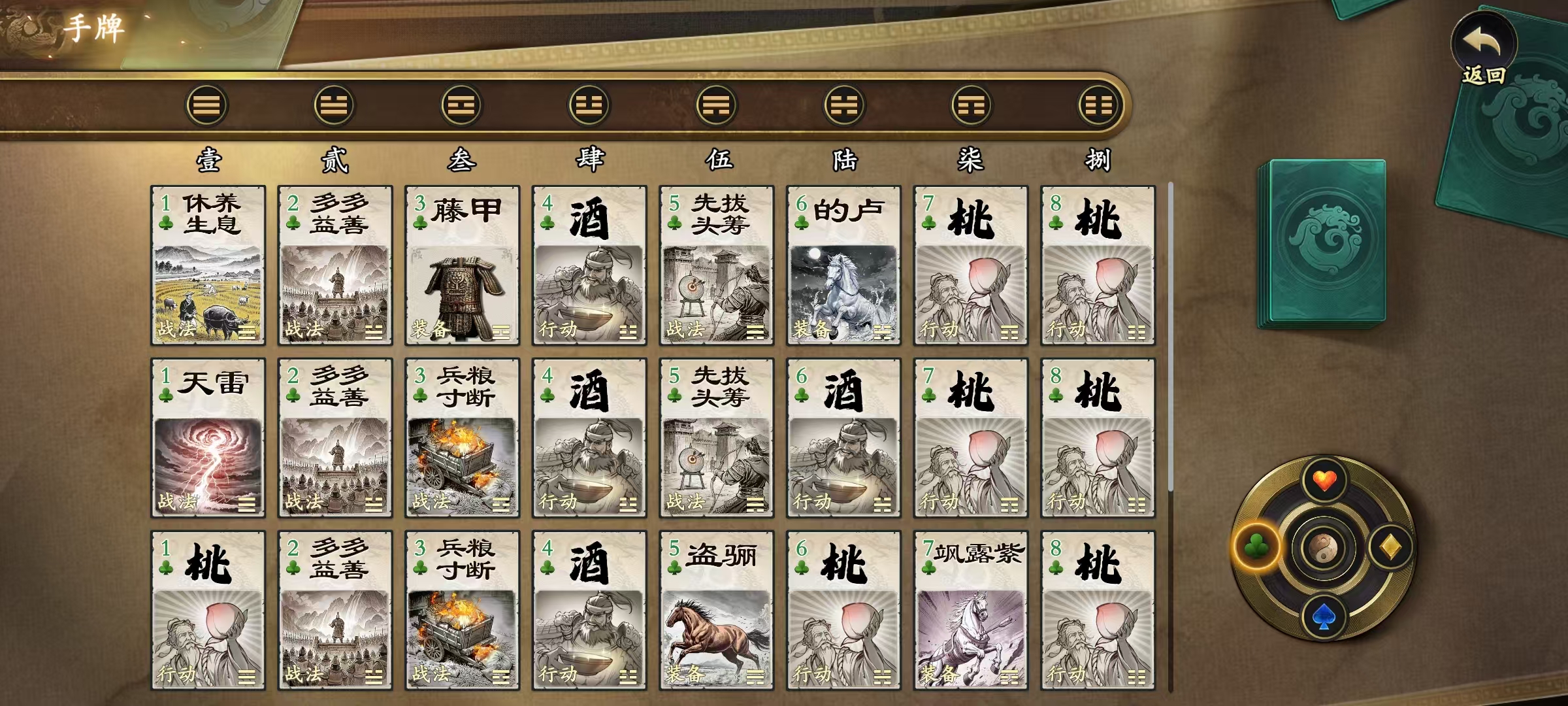
In many similar games, once you get your hand cards, they cannot be swapped. However, in Code Name: Kill, they indeed can be swapped, which is to bring more fun. After choosing the hero card to use, it's time for the dealing phase. If the cards in your hand are not ideal, you can consume items to swap them. Each swap requires an item called Formation Change Order.

This is also a very common item in the game. In specific game modes, before the game starts, you can consume this item to swap the initial hand cards. Note that swapping hand cards is only possible at the initial stage, and cannot be done during the subsequent process. Moreover, it is only applicable in specific game modes, not all modes support such operations, which everyone should understand. The significance of swapping hand cards is very important because many hero skills in the game heavily rely on hand cards. For example, some heroes like various equipment, as adding equipment can provide extra effects. Some other heroes prefer dodge or kill, as the dodge or kill in their hands has stronger effects. These are related to the hero role being used, and only by having a deep understanding of the hero can one determine which cards are most needed.
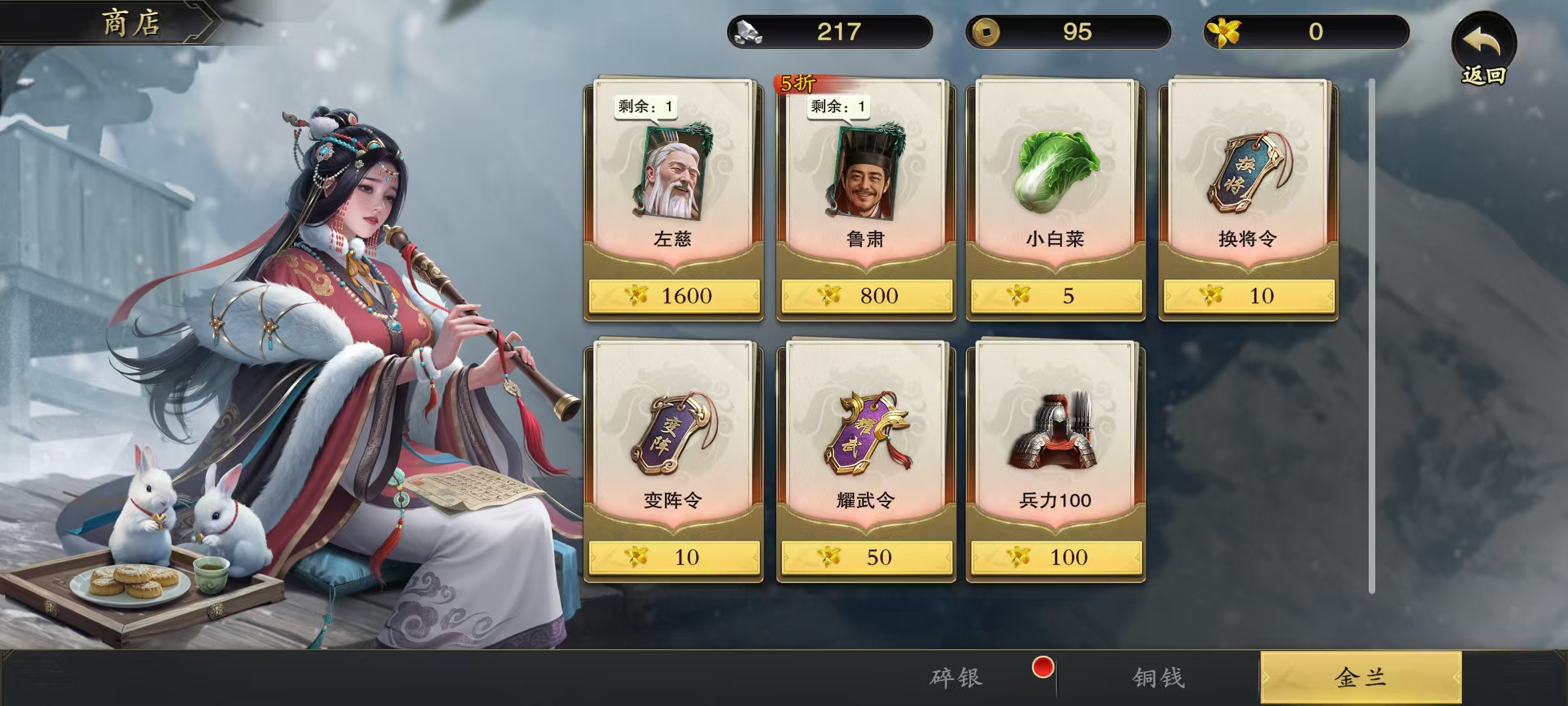
Currently, the main way to obtain Formation Change Orders is by purchasing them from the Copper Coin Shop. Of course, after the game launches, there will be some activities that give them away, but the quantity is relatively small, and a large amount still needs to be purchased to meet the demand. Additionally, Formation Change Orders can also be bought from the Golden Orchid Shop.
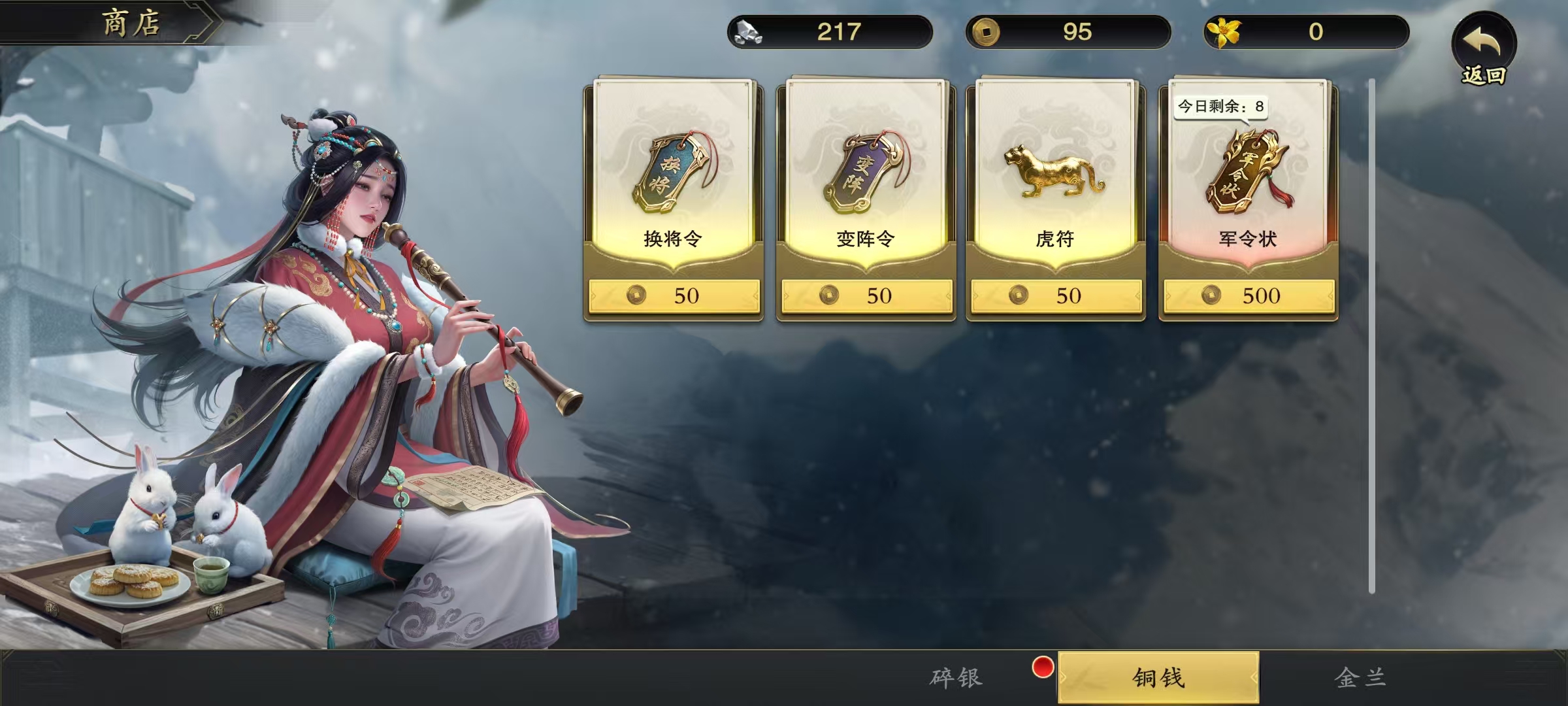
By now, everyone should have a clear understanding of how to swap hand cards in Code Name: Kill. Even with enough items, the number of hand cards that can be swapped per round is fixed, so it is impossible to truly reach a satisfactory level through frequent swaps. It can only be said that if it is better than before, it can be accepted. Therefore, whether swapping can be done actually does not affect the overall situation.
How to Replace Code Killer Cards: Sharing Methods for Replacing Code Killer Cards
How to change the Assassin cards? At the beginning of the game, players will receive four random hand cards. However, these hand cards are not always what the players need, which leads many to think about changing their initial hand cards at the start, giving themselves an advantage. This guide shares the method for changing Assassin cards, fulfilling the players' wish to refresh their starting hand.
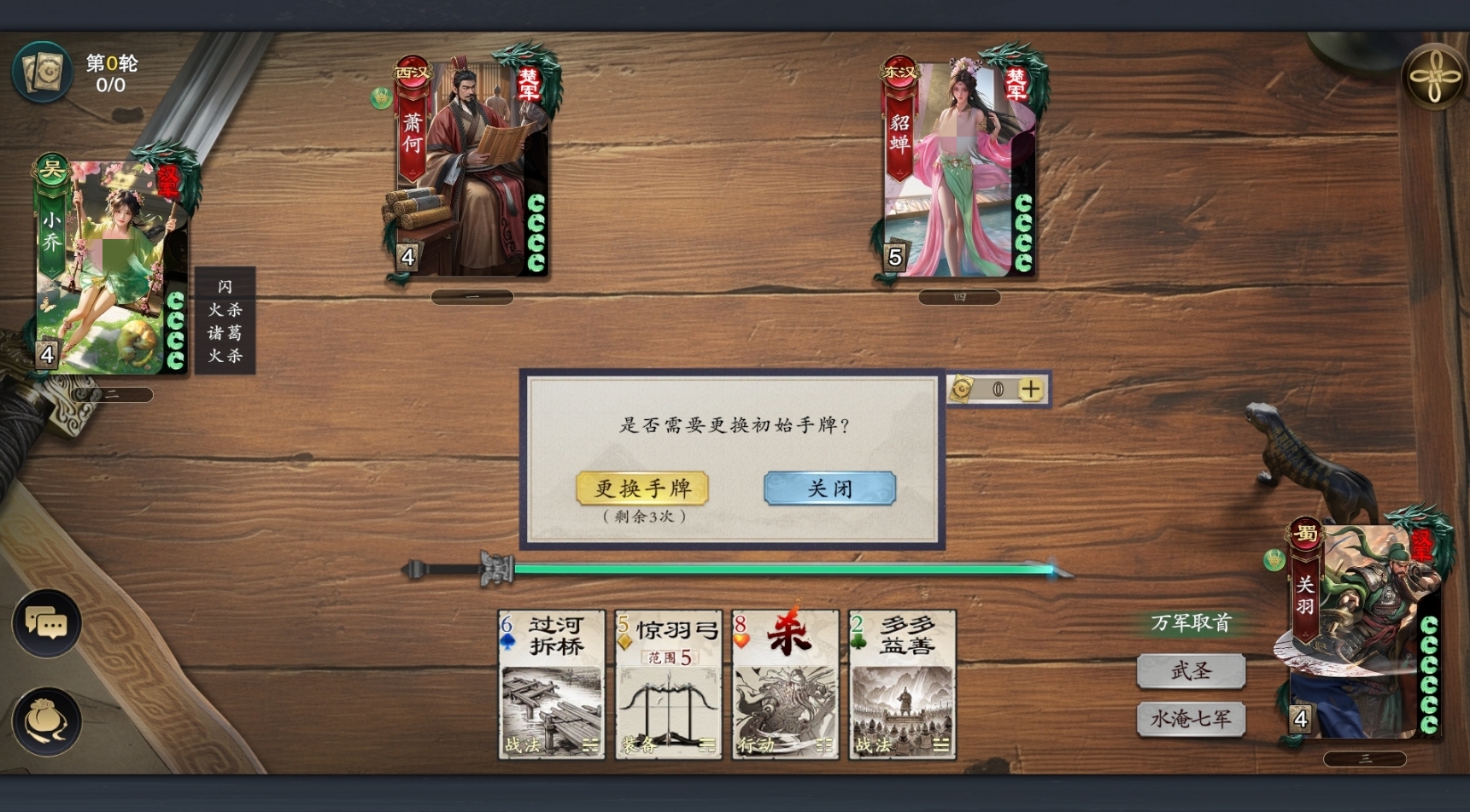
In fact, the method to change hand cards in the game is not difficult to master. After the initial deal in each game, players will be prompted if they want to change their hand cards. If needed, players can confirm the change; if they feel the hand cards are advantageous, they can cancel the change. Note that each change requires a Formation Change Token.
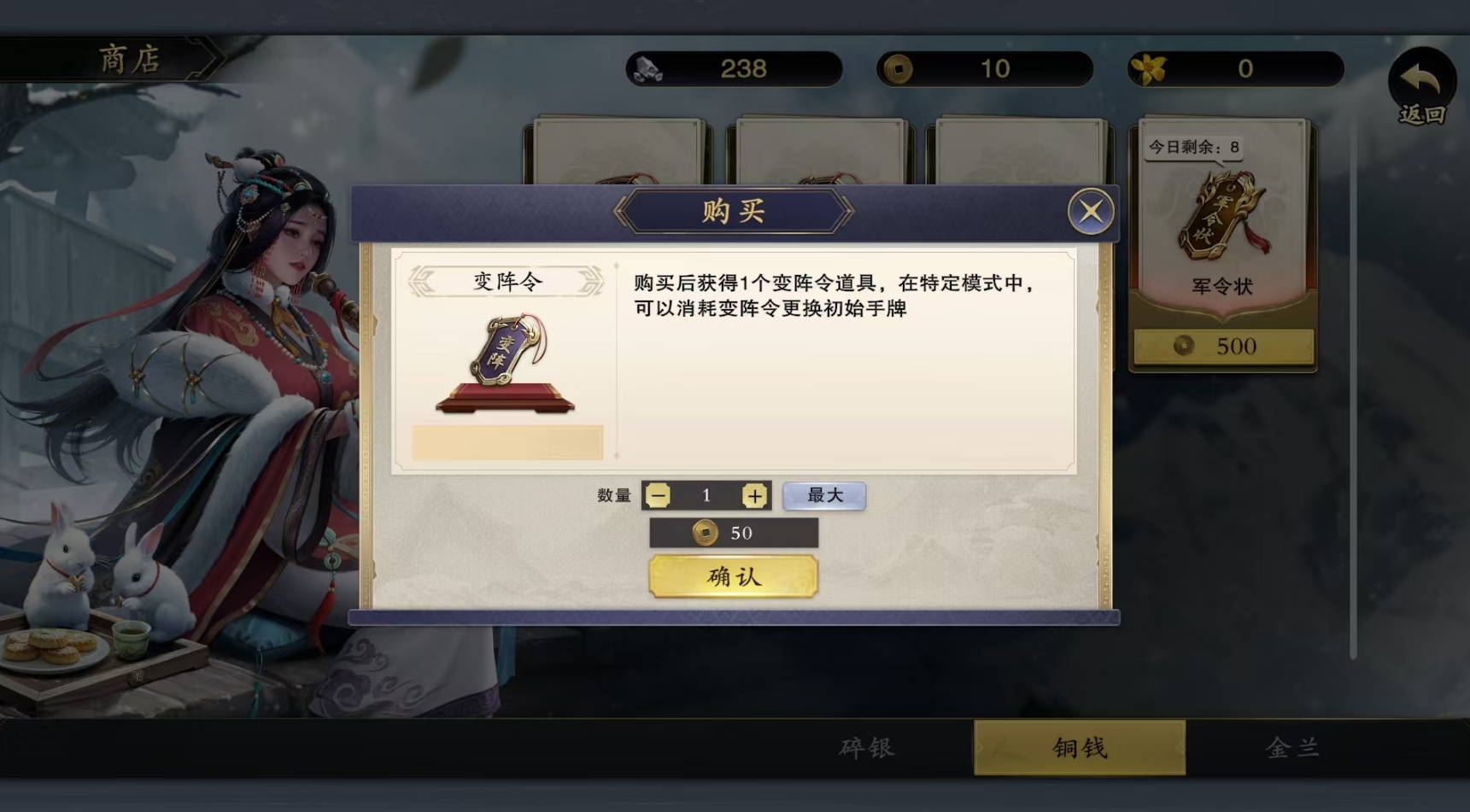
Formation Change Tokens can be purchased in the Copper Coin Shop with no limit on the number of purchases, and each token costs 50 copper coins. After using a Formation Change Token, the player's initial hand cards will be reclaimed by the game, and four new hand cards will be issued. If the player is still unsatisfied with the hand cards after the change, they can use another Formation Change Token, but there is a maximum number of changes allowed per game, and once this limit is reached, no more tokens can be used.
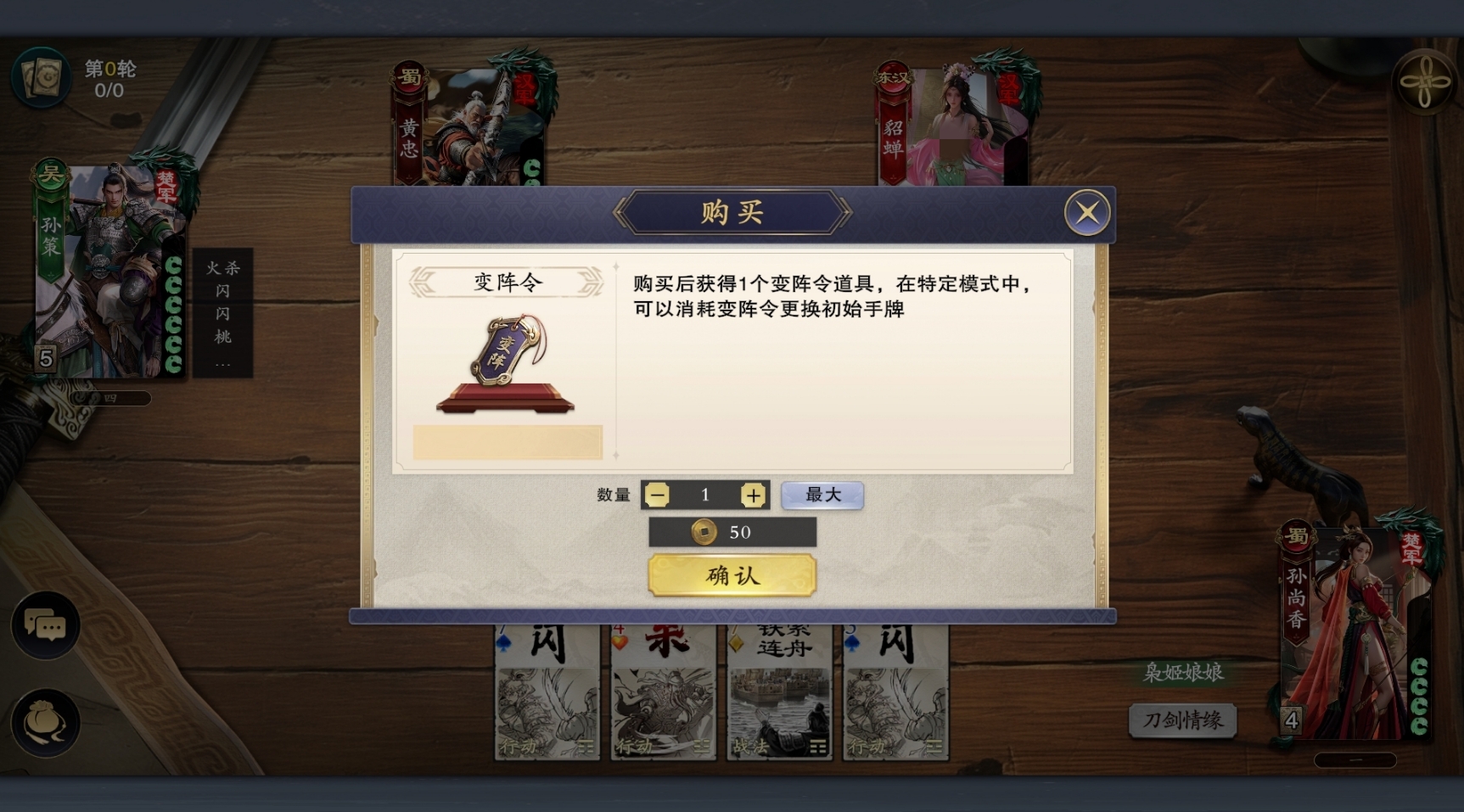
Additionally, when a player lacks Formation Change Tokens for hand card changes but still has remaining change attempts, they can directly exchange copper coins for Formation Change Tokens during the match, which is very convenient. Once the formal match begins, it will no longer be possible to refresh the initial hand cards, and the game will proceed according to the normal procedure.
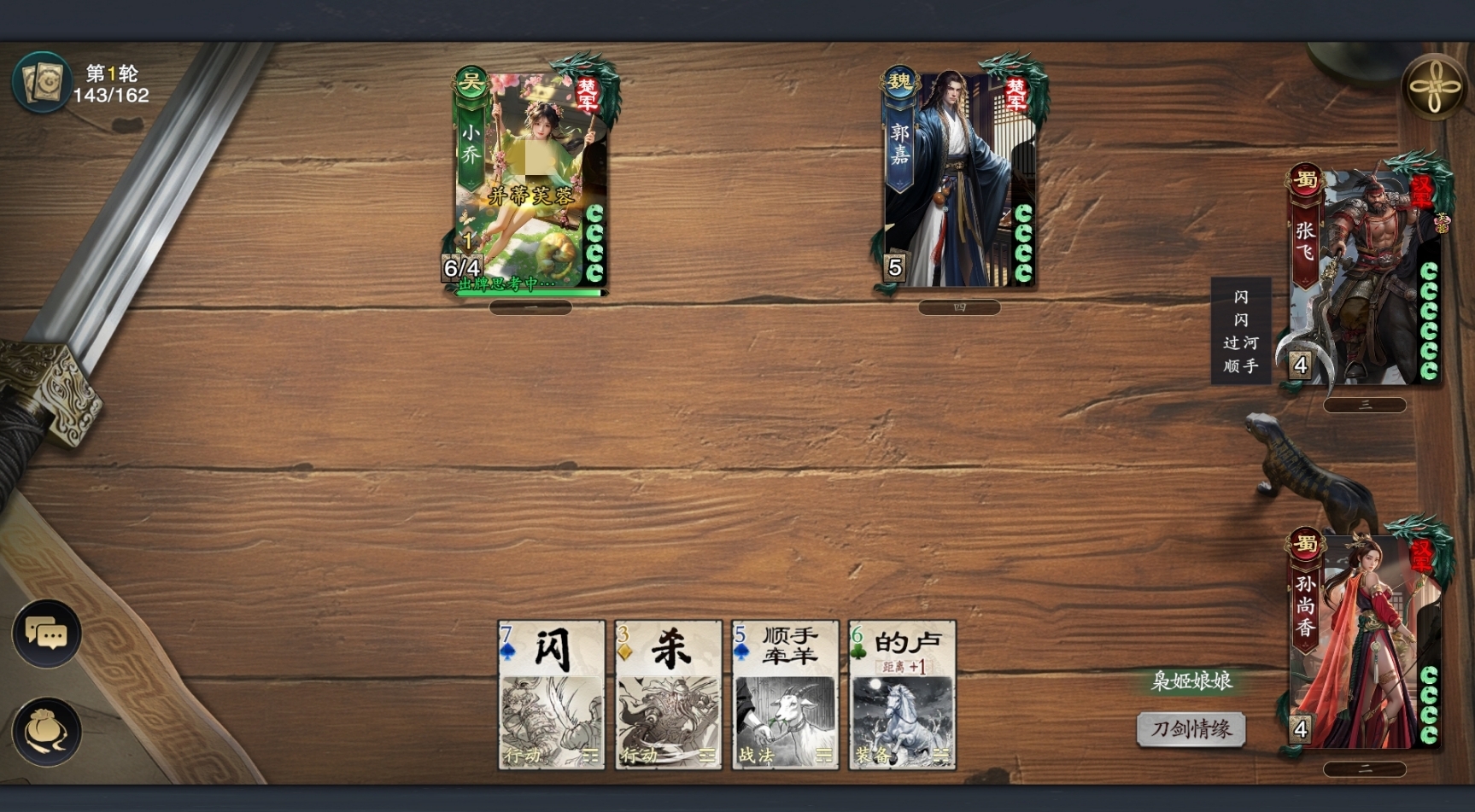
Using the above methods, players can change their hand cards at the start of the match, and the cost is minimal. If you find your initial hand cards are not good while playing, consider using this method to change them. Well, that's all for how to change the Assassin cards.
Which Codename Kill Equipment Card is Good? Introduction to Powerful Equipment Cards in the Codename Kill Mobile Game
In the game Code Kill, players have the right to choose their favorite characters from a variety of general cards to engage in battle and can also use all sorts of hand cards to cleverly outmaneuver opponents. Choosing which equipment card is good in Code Kill is something that everyone needs to make a good decision about. As one type of hand card, equipment cards play a very important role in the game. Next, I will explain in detail which equipment cards are more outstanding in Code Kill.
Let's first talk about the Eight Trigram Shield. It has unique combat and divination functions. When a player faces an opponent's attack, they can use the divination ability of the Eight Trigram Shield to respond. If the divination result is a green plum blossom, the player can recover 1 health point. If the result is a spade, it can directly negate one kill attack from the opponent, effectively protecting the player from damage. When a player equips two Eight Trigram Shields, they can perform two divinations, and both will take effect, increasing the success rate of defense. However, it should be noted that if the player is targeted by a kill with a strong fate effect, in this case, the negation effect when divining a spade will fail. At the same time, when the divination result is a plum blossom, the health recovery effect will take effect first. This setting also makes the timing and strategy for using the Eight Trigram Shield more diverse.
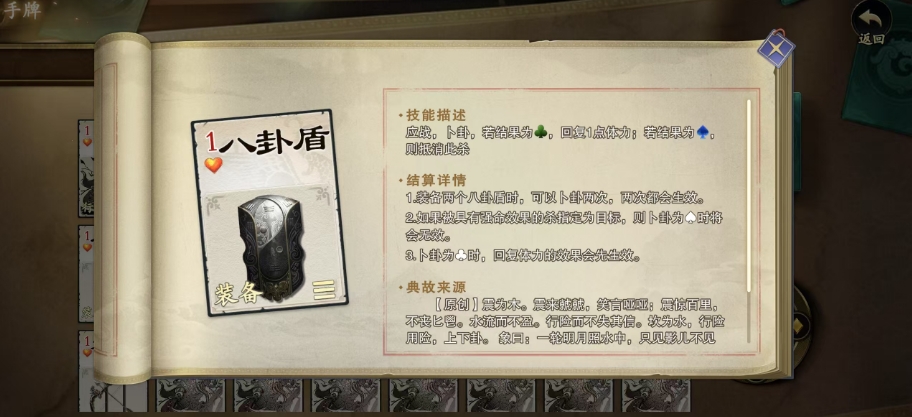
Next, let's look at the Dragon Tongue Bow. Its skill effect is to inflict damage. After the user deals damage to a target with a kill, they can discard 1 card from the target. It is important to note that this discard effect only triggers after the kill actually causes damage. The user can not only discard cards from the target's hand but also cards from the target's divination area, which limits the target's subsequent action capabilities and strategic choices. In addition, the skill point of the Dragon Tongue Bow is 1, which to some extent affects its priority and frequency of use in specific situations.
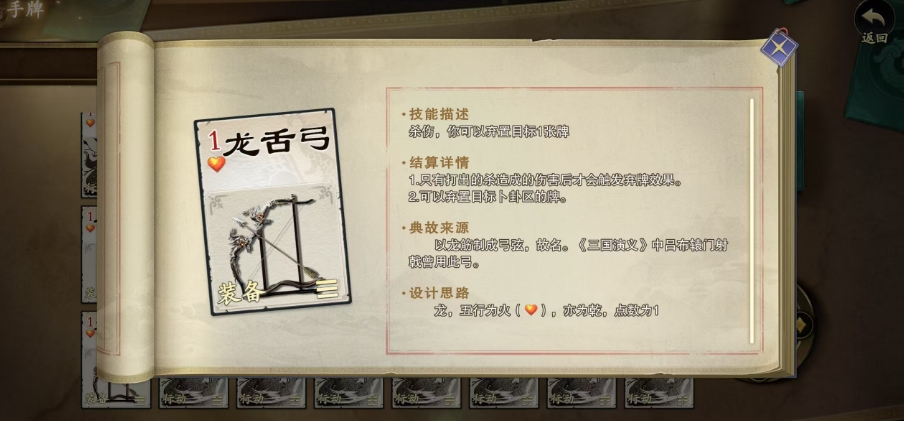
Then there is the Bright Silver Spear, which also has a combat function. Its uniqueness lies in being able to immediately play 1 kill against the target. The timing of this combat is very important; it occurs before responding to a dodge. That means, after a player equips the Bright Silver Spear, they can preemptively play a kill against the opponent before taking damage from the opponent's kill. This preemptive strike strategy may disrupt the opponent's play rhythm. However, it should be noted that even if the target dies due to this sudden kill, the opponent's previous kill will still be resolved, meaning the battle rhythm will not immediately stop because of the target's death. Moreover, the kill played as part of this effect does not consume the number of kills, and the combat is limited to becoming the target of a kill.
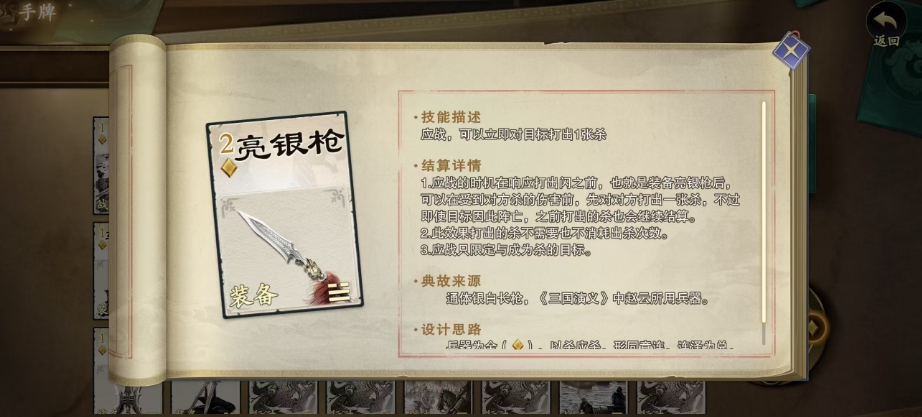
The power of the Mountain-Clearing Axe is also quite outstanding. When the user plays a kill, they can choose to discard 1 hand card or equipment, enhancing the attack effect of the kill through this sacrifice, allowing the damage from this kill to increase by 1 point. Furthermore, this damage-increasing effect is not one-time but cumulative. If this kill targets more than one target, it will cause each target to take an additional 1 point of damage. This is very useful when facing multiple enemies or attacking a group of enemies. Players can flexibly choose to discard other equipment cards besides this one to activate the effect based on the actual combat situation. However, when using the Mountain-Clearing Axe, it is also necessary to pay special attention: if the axe is no longer in the equipment area when the final damage is dealt, the originally increased damage effect will not take effect. This requires players to accurately grasp the timing and their own equipment status during the use of the Mountain-Clearing Axe.
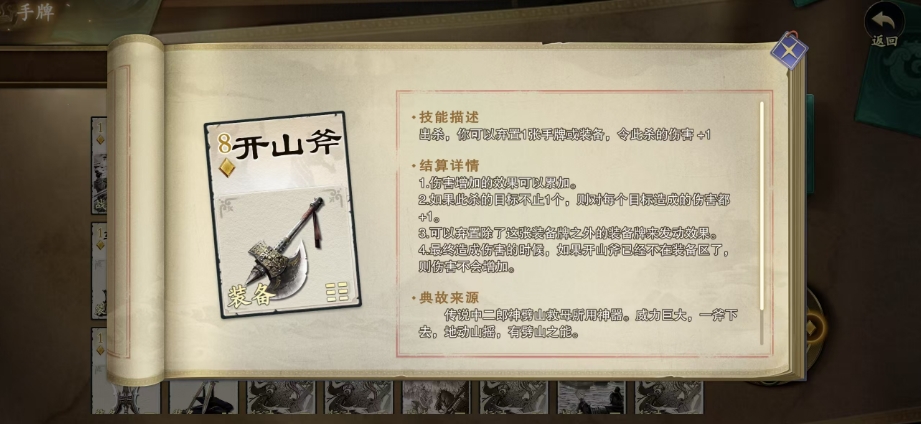
The Xuanyuan Sword has piercing and sealing effects. When the user's kill hits the target, this kill gains both the piercing and sealing special effects. The piercing effect only applies to the kill itself, meaning the target's armor will temporarily become ineffective under this kill, but this ineffectiveness will only last until the end of the kill's effect. This makes it impossible for the enemy to rely on armor to resist the Xuanyuan Sword's attack, increasing the chances of eliminating the enemy. The sealing effect will render the target's general skills ineffective, but it should be noted that the sealing effect does not invalidate other types of skills such as equipment or identity. This, to some extent, ensures the balance and strategy of the game. The user needs to skillfully utilize the sealing effect of the Xuanyuan Sword based on the characteristics of the enemy generals' skills and the battlefield situation, thereby gaining the initiative in battle.

After reading my recommendations on which equipment cards are good in Code Kill, do you feel more familiar with these equipment? In the game, equipment cards are not just a simple and dispensable setting, but an important feature that can significantly enhance combat power. You need to combine the unique attributes and combat styles of the cards you select and play them reasonably.
What are the CodeName: Slaughter Battle Method Cards? A detailed explanation of CodeName: Slaughter Battle Method Cards.
In the tabletop card game Code Slaughter, players can use a variety of character cards combined with hand cards for battles. Among the hand cards, strategy cards are a crucial type, often playing a key role. Today, I will introduce what strategy cards are available in Code Slaughter. The ones that are difficult to understand and use among the hand cards are precisely these strategy cards; one must clearly understand their effects before being able to respond and use them.
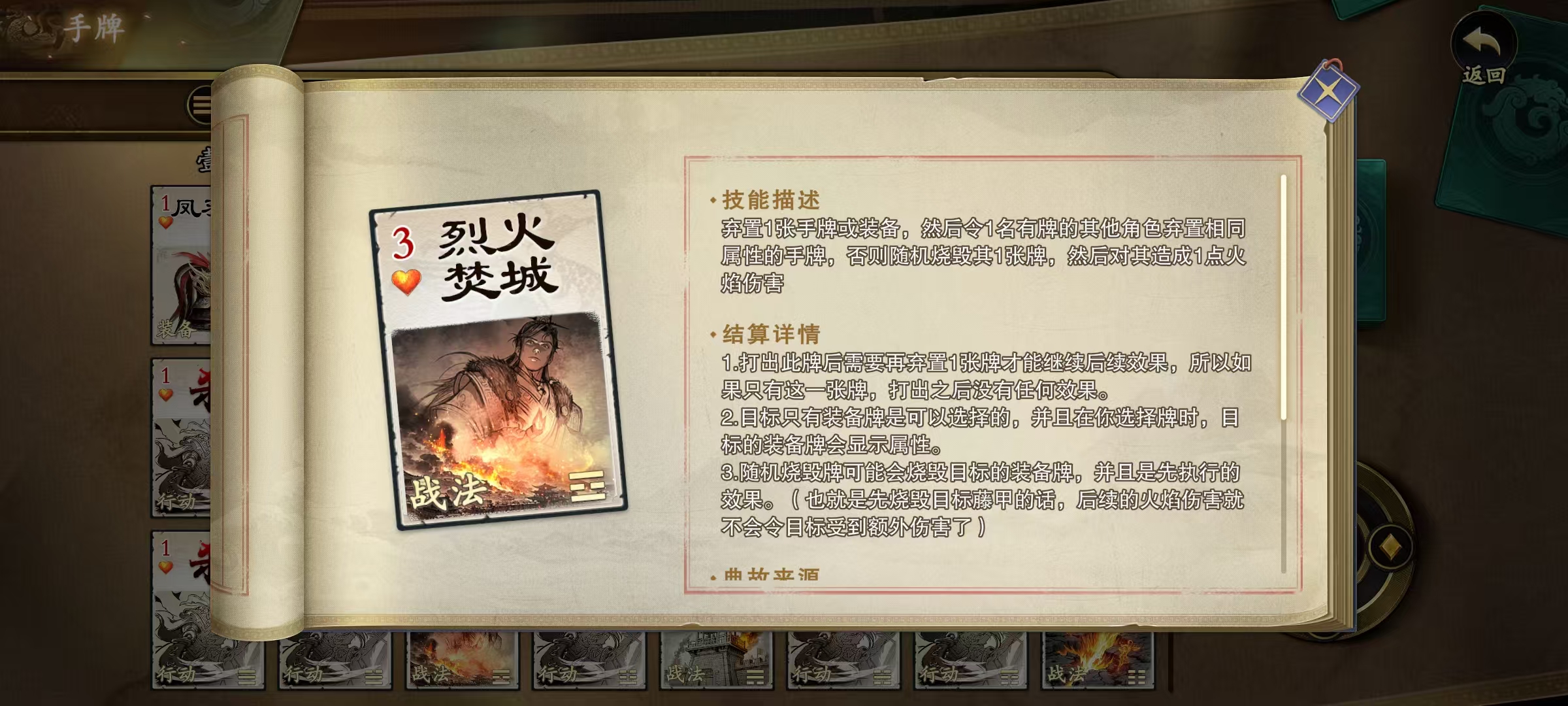
The first one is Blaze the City, which requires discarding one hand card or equipment card, then another player with hand cards discards a card of the same attribute. If the other player does not have such a card, one of their cards will be randomly destroyed, and they will take one fire damage. This card has a gambling nature; if the other player has fewer hand cards, there's a higher chance of dealing damage. The second one is Beacon of War, after which all players must play an attack, or else take one damage. It's an AOE skill, so use it cautiously to avoid hurting teammates. The third one is More the Merrier, allowing you to draw two cards directly. Although it's very beneficial, be careful as it can be blocked by the opponent's Invincible card.
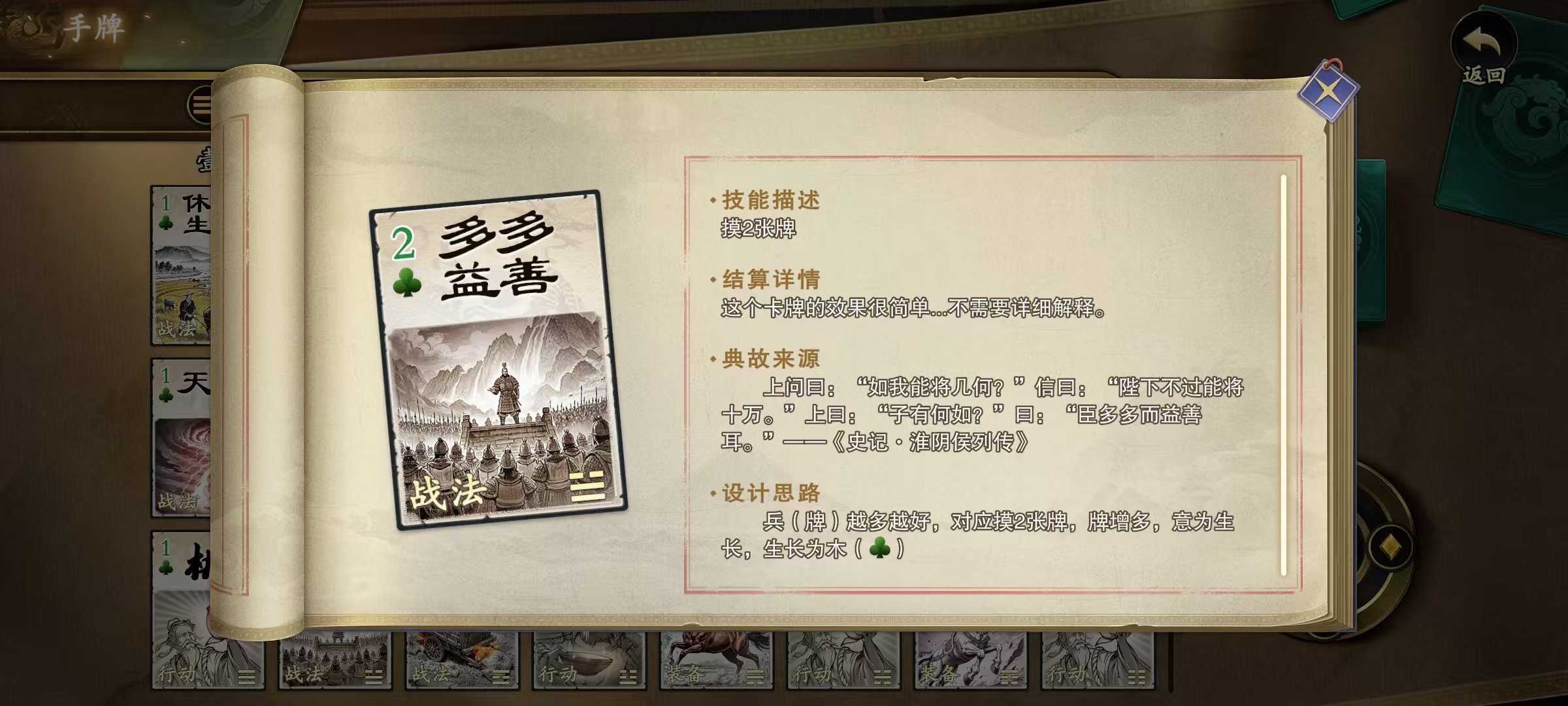
The fourth one is First Blood, where you flip over a number of cards equal to the number of surviving players, choose one to obtain, and then the other players each get one in turn. Generally, the first choice has a significant advantage, as you can get the card you need most. When using it, try to consider your current position so that your teammates can also benefit. The fifth one is Invincible, which can negate a strategy card, whether used on yourself, a teammate, or an opponent. Be clear about factions and effects. The sixth one is Pluck, where you choose another player within one space and obtain one of their hand cards. It's also widely used, either to steal the opponent's card or to give it to a teammate for other effects.
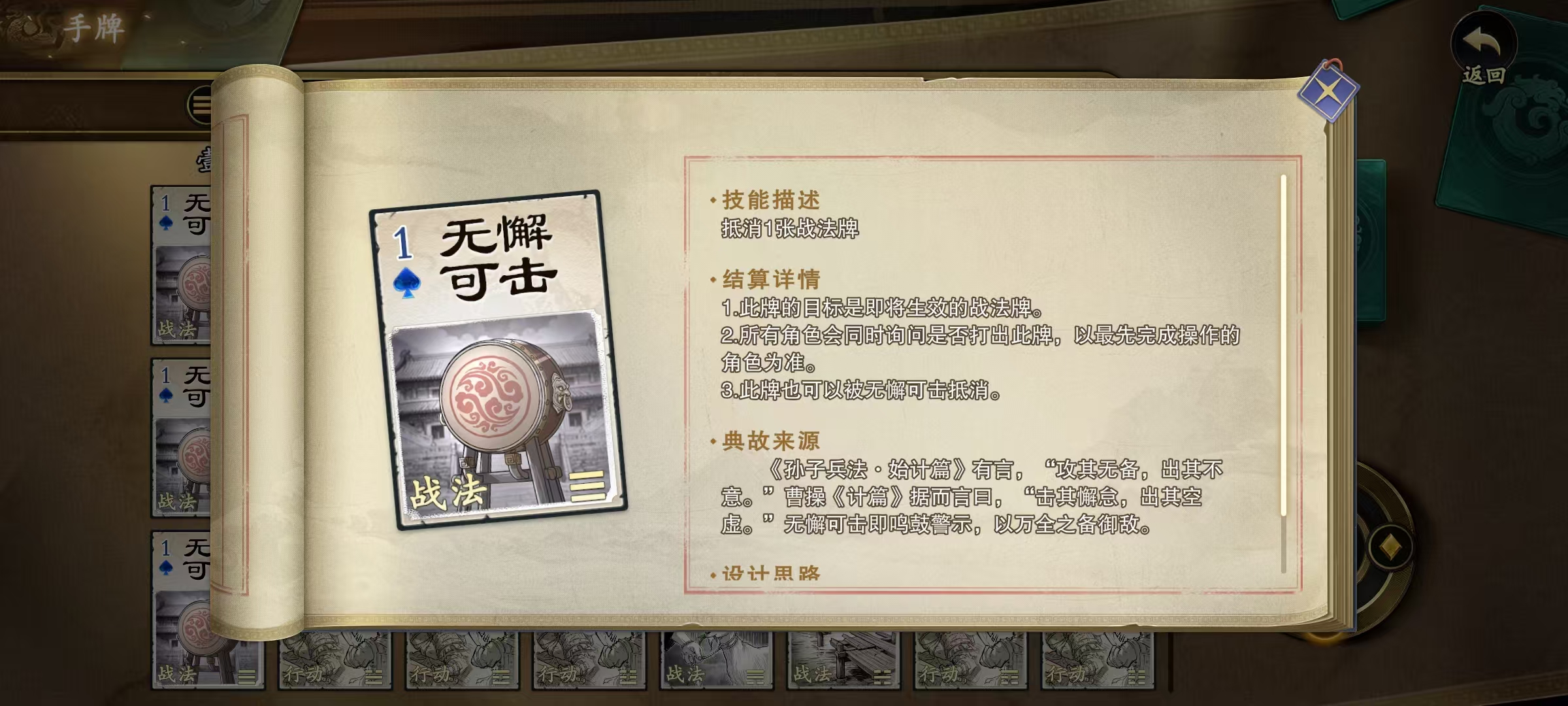
The seventh one is Burn the Bridge, where you choose any player and discard one of their cards. Since it can discard divination zone cards, it can be used on opponents or teammates. The eighth one is Forgetful, where you choose another character, and at the start of their turn, they perform a divination. If the result is a spade or club, they cannot target other characters this turn.
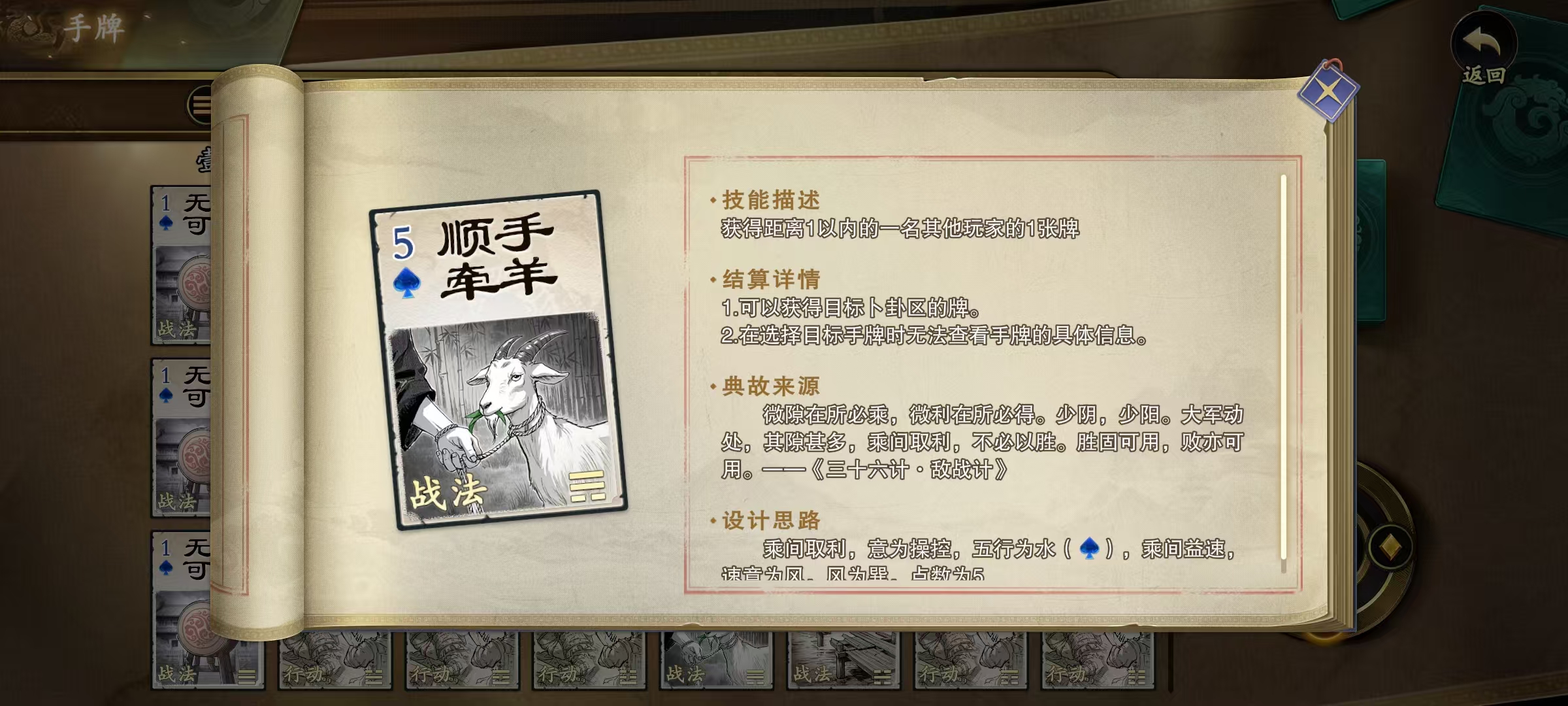
The above content is my answer today to the question of what strategy cards are available in Code Slaughter. After reading this, everyone should be clear about what strategy cards there are and what their respective effects are. If used at a critical moment, they can definitely play a role in reversing the situation, so it's important to learn how to use them.
What is the Codename: Kill Battle Tactics Card? Introduction to the Codename: Kill Battle Tactics Card
The extremely brain-burning strategy game, Codename Kill, has recently been making waves in the gaming community. Many players have expressed that the gameplay is very interesting. In the game, there are many different types of cards, and tactic cards are among them. New players may not know what the tactic cards in Codename Kill are. Below, I will explain the function and effects of the tactic cards in the game.

Tactic cards in Codename Kill are essentially hand cards with special abilities. These cards almost have no restrictions when played, of course, there are special circumstances, such as when the rules for playing cards specifically restrict the use of tactic cards. In this case, the tactic card cannot be used.
Another major characteristic of tactic cards is that the same type of tactic card can be used multiple times within the same turn. Tactic cards themselves possess different abilities, and if you use them in combination with action cards or equipment cards, it's possible to achieve a surprising synergistic effect.
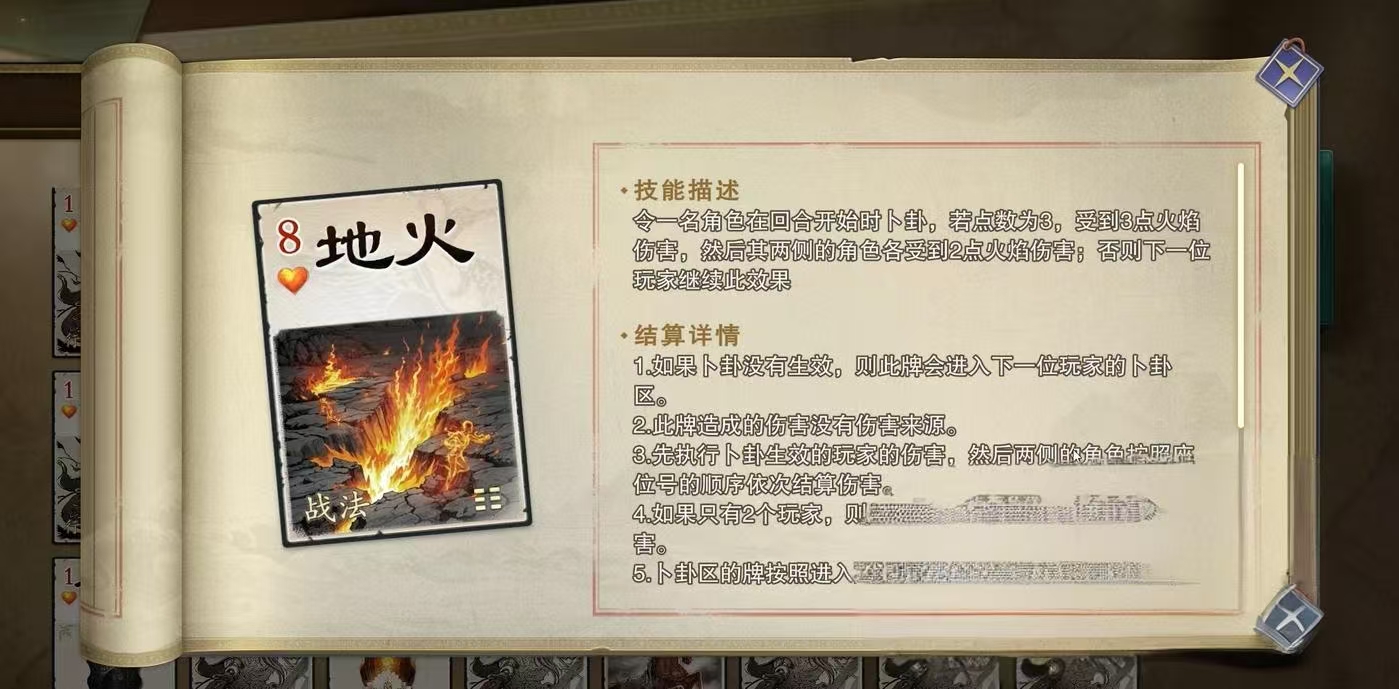
Although the use of tactic cards seems unrestricted, attention should still be paid to the usage scenarios. While tactic cards can be used in many situations, their effects vary depending on the scenario. For example, in the Jingzhou scenario, using a tactic card allows you to gain extra attack chances. In the Battle of Julu mode, tactic cards can directly double your equipment cards. If you choose to discard the equipment cards, the damage dealt to enemies will increase significantly.
As mentioned earlier, it's best to use tactic cards in conjunction with equipment cards and action cards. After understanding the uses of tactic cards, you might also be curious about equipment cards and action cards. Next, I'll briefly introduce these two types of cards.
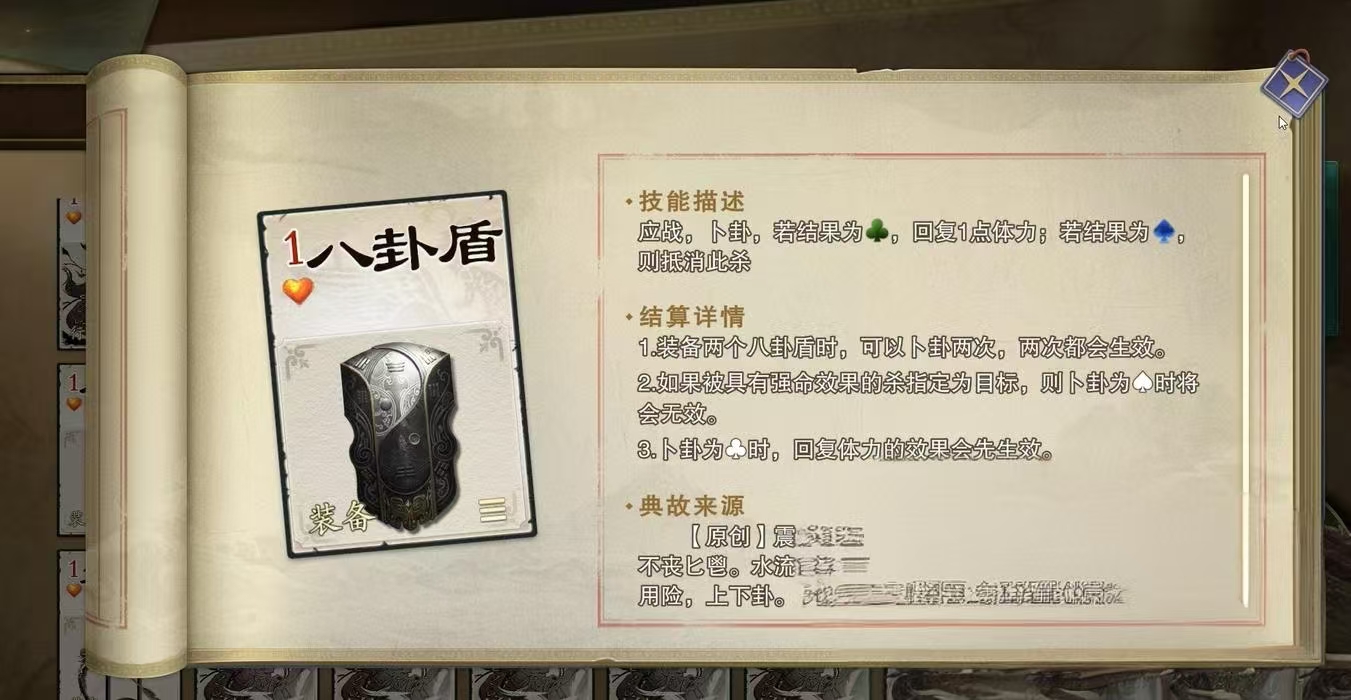
Equipment cards are various weapons and gear that can be equipped by generals. Equipment cards can be divided into three categories: weapons, armor, and horses, each providing different effects.
Action cards are the basic cards obtained in Codename Kill, such as Attack and Wine. Using an action card prompts the general to perform the corresponding action. When playing action cards, players need to follow the specific rules for playing those cards.
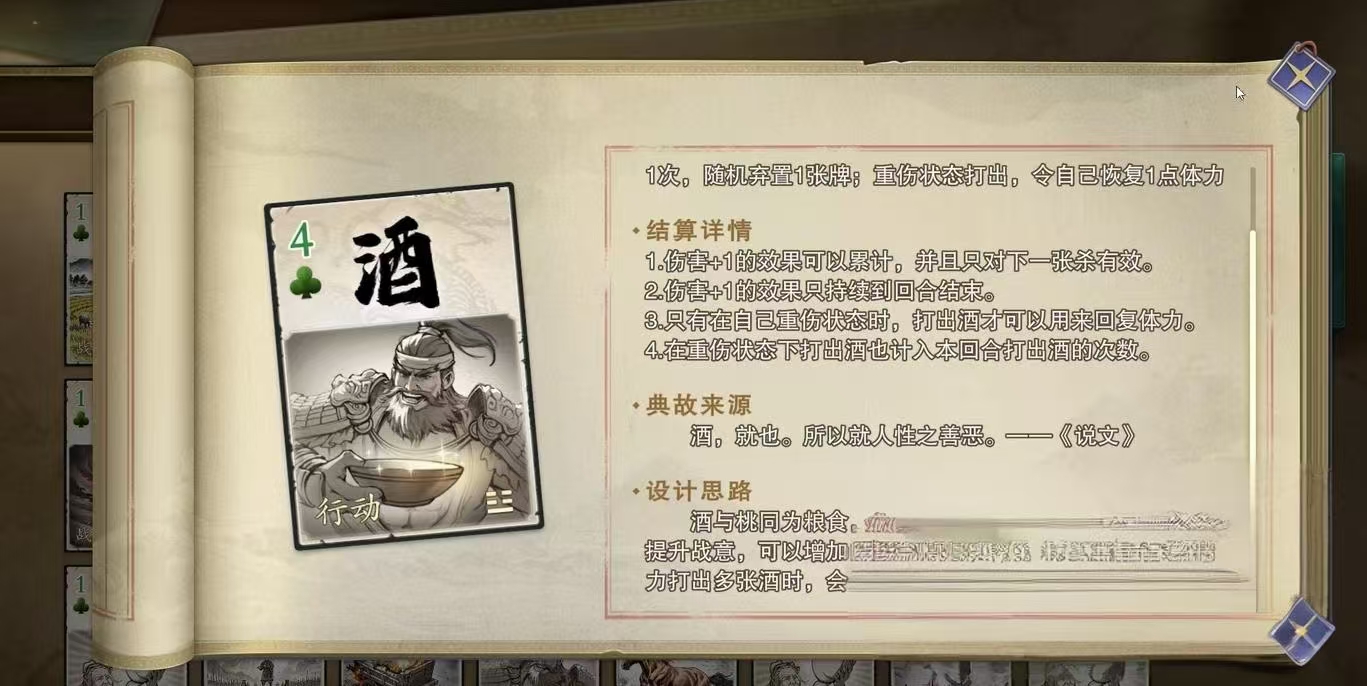
Regarding what tactic cards in Codename Kill are, I believe everyone now has a good understanding. The effects of tactic cards when used are more powerful than other cards, and they have clear restrictions on usage scenarios. However, if these three types of cards are used together in the same scenario, it will significantly enhance the player's strategic choices.
What are the Killer Cards in Codename: Assassin? Introduction to Basic Hand Cards in Codename: Assassin
The game Code Name: Kill is a work that many players are very interested in at present. When the information about this game was first announced, it attracted the attention of many players. The gameplay is not difficult to get started with, but to win, one needs to put in a certain amount of effort. What are the cards in Code Name: Kill? Many players are not very familiar with this game, so they ask about the card information.
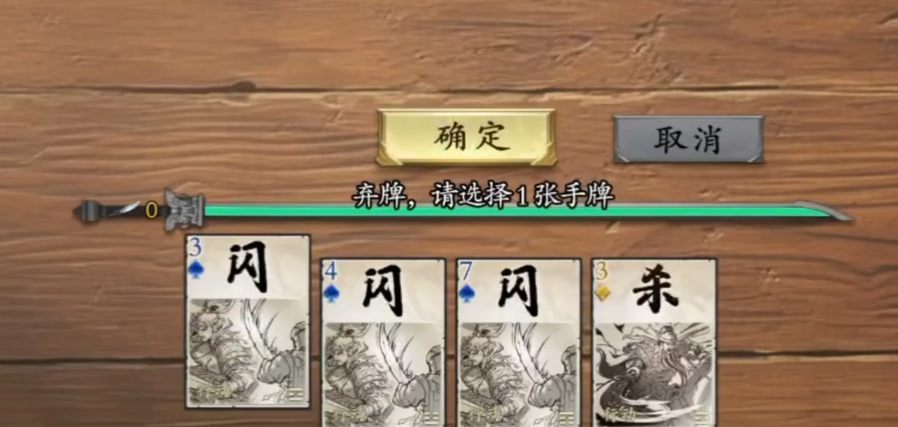
First, let's introduce the 5 basic cards of the game. The first card is "Kill". Under normal circumstances, this card can only be played once during the play phase. If successful, it can cause 1 point of damage to a character. The second card is "Dodge", which can be used to evade when an opponent plays a "Kill" against you. It can also dodge some special function cards. The main function of this card is to cancel out "Kill".
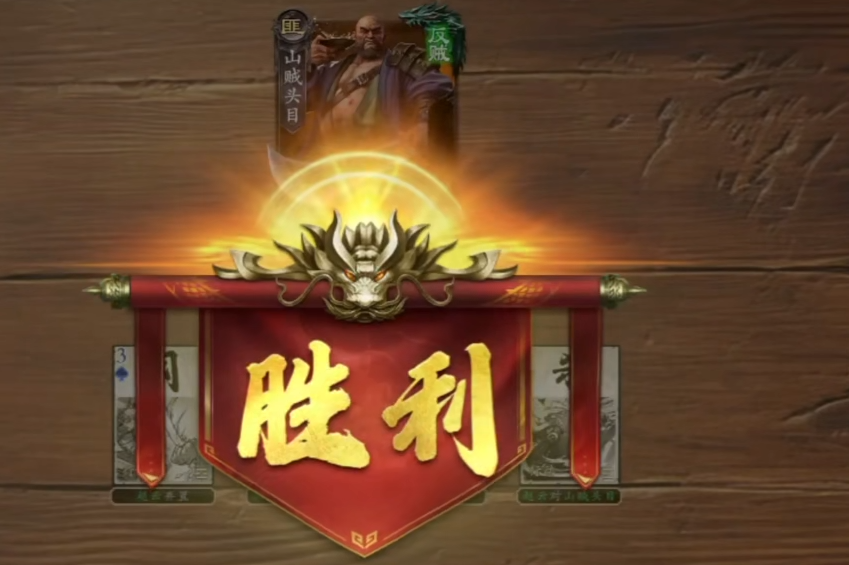
The third card is "Peach", whose main function is to restore 1 health point for the players. If in a critical state, it can directly save the player. The fourth card is "Wine", which is used in conjunction with "Kill". It can increase the damage of "Kill" by 1 in this round. The last card, "Change", can be used as a substitute for any other card.
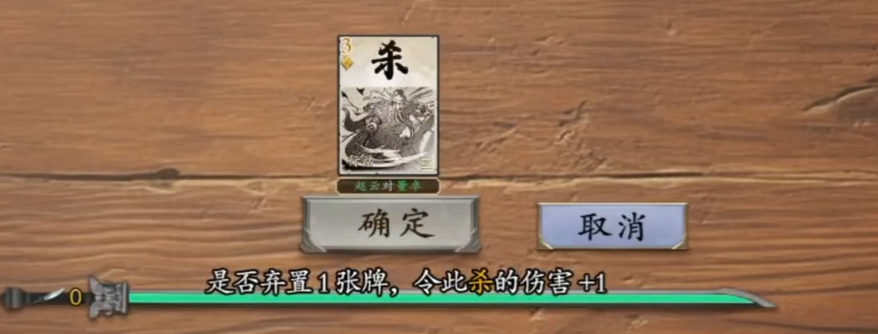
In addition to the basic cards, there are also functional cards in the game, such as "Supply Cut-Off", which requires a judgment. If the judgment is successful, it can make the player skip the draw phase in this round. Another example is "Seize the Initiative", which allows flipping over a number of cards equal to the remaining players and then choosing one first.
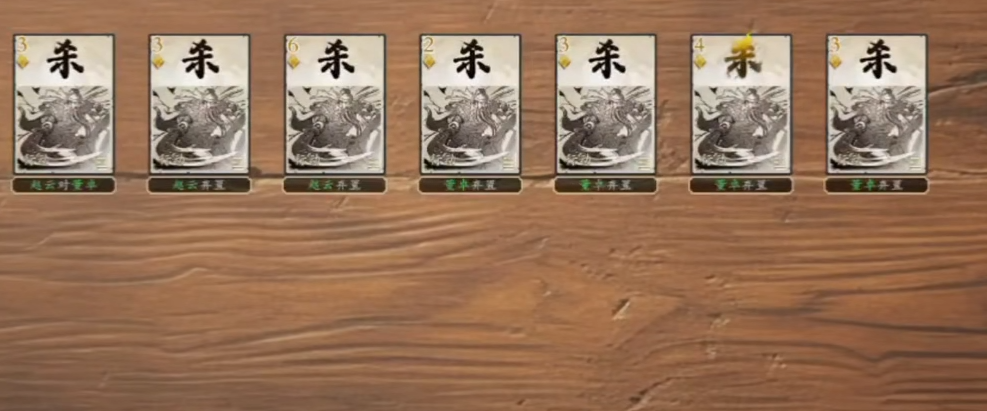
The third type is equipment cards, such as the "Cloud Brocade Robe", which increases the equipment limit by +2. The "Zhuge Crossbow" weapon allows us to keep playing "Kill", removing the restriction on playing "Kill". The "Bagua Shield", if judged successfully, can nullify the "Kill" from other players towards us.
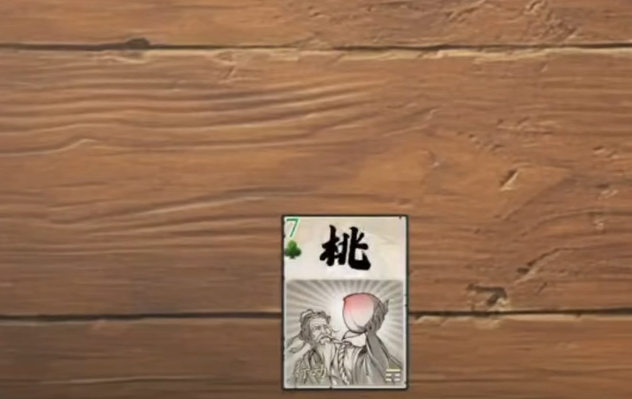
The above is an explanation of what cards are available in Code Name: Kill. There are quite a few cards in this game, each with different functions. After obtaining the cards, the first thing players should do is understand the function of each card, so that they can use them correctly.
Codename Assassin Card Attributes Overview Introduction to Codename Assassin Card Types
Understanding the cards in "Code Slaughter" is the foundation of playing this game well and is key to whether people can get started with it. So today, I'll take everyone to look at the comprehensive guide to the card attributes in Code Slaughter, so you can know what types of cards there are in this game and their respective functions, ensuring that you can get a handle on Code Slaughter more quickly. Those interested in Code Slaughter, please take a look, don't miss out.
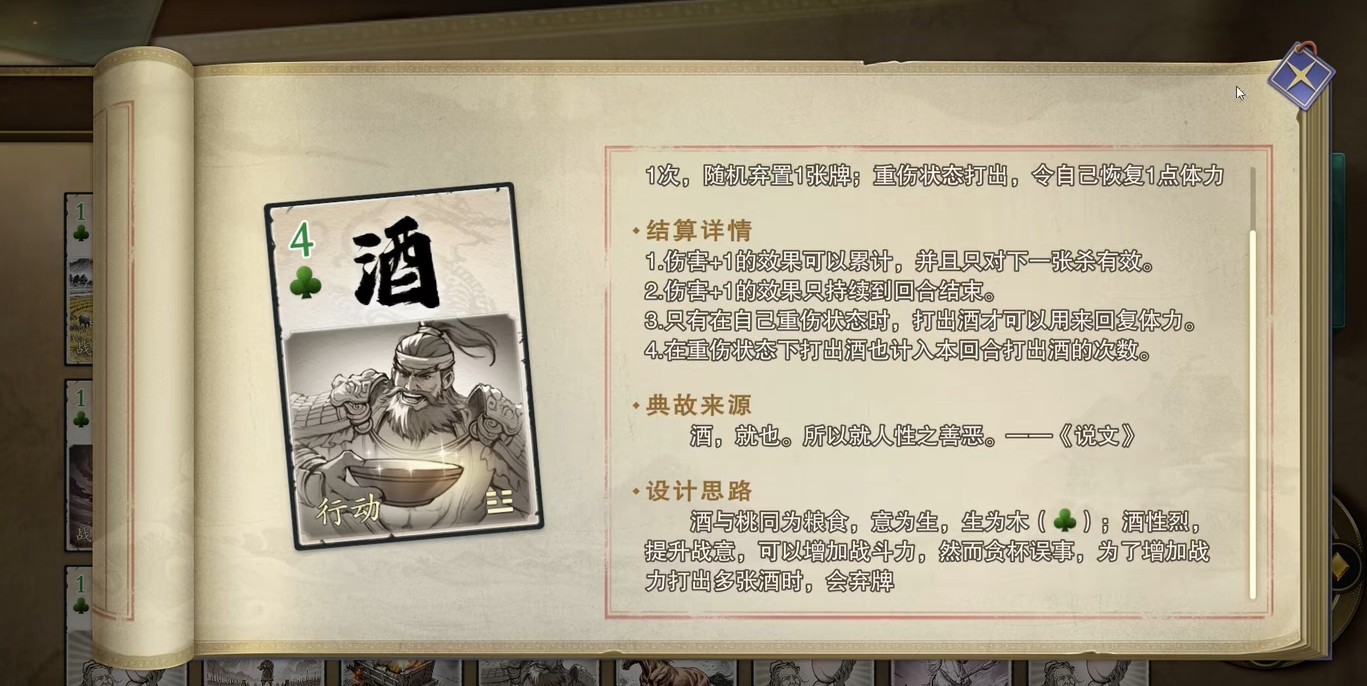
1. Action Cards
Action cards, also known as basic cards, include regular ones like Kill, Dodge, and Wine. After they are played, the player is considered to have performed a certain action as described on the action card, such as using a Kill on someone else. Each action card has its own play rules, and if a player's current state does not meet the play rules of the action card, then the action card cannot target that player.
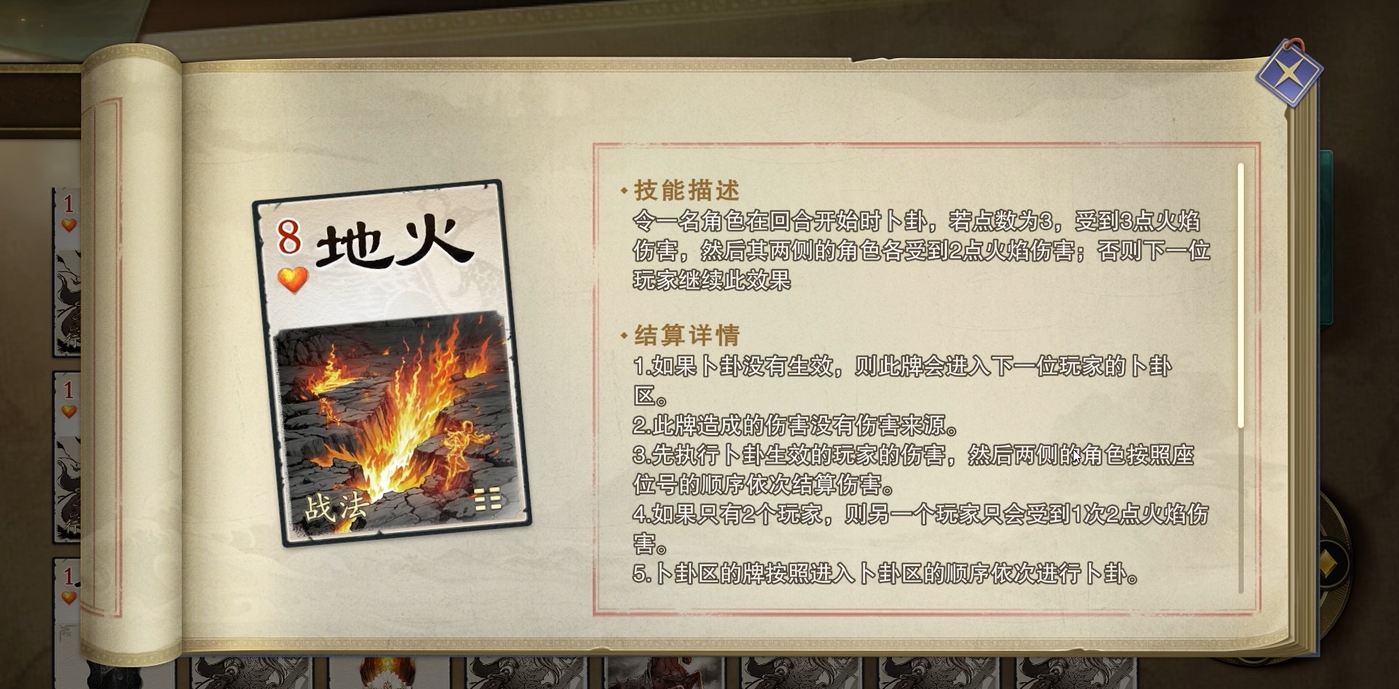
2. Tactics Cards
Tactics cards are a type of card that heavily emphasizes tactical strategy when used. Unless the play rules are triggered, there are almost no restrictions on their use, and the same tactics card can be used multiple times in one turn. They usually have a variety of special abilities, and when used in conjunction with action cards and equipment cards, they can produce very impressive combo effects.
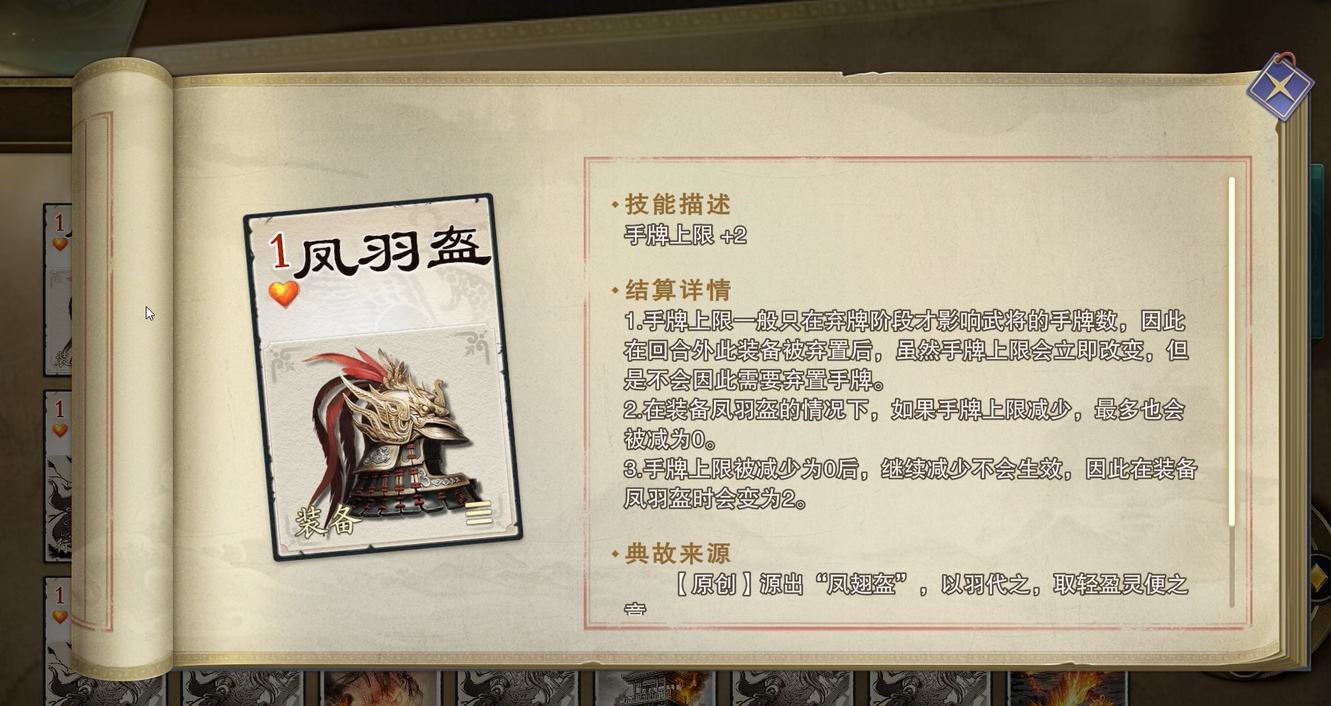
3. Equipment Cards
Equipment cards are relatively unique in Code Slaughter and can be subdivided into three categories: Horses, Armor, and Weapons. After being played, they are placed in the player's equipment slot and provide various bonuses to players. Additionally, in Code Slaughter, there is no rule that only one piece of the same type of equipment can be equipped. Players can freely equip their characters with three different weapons, or one of each: a horse, armor, and a weapon, offering considerable flexibility.
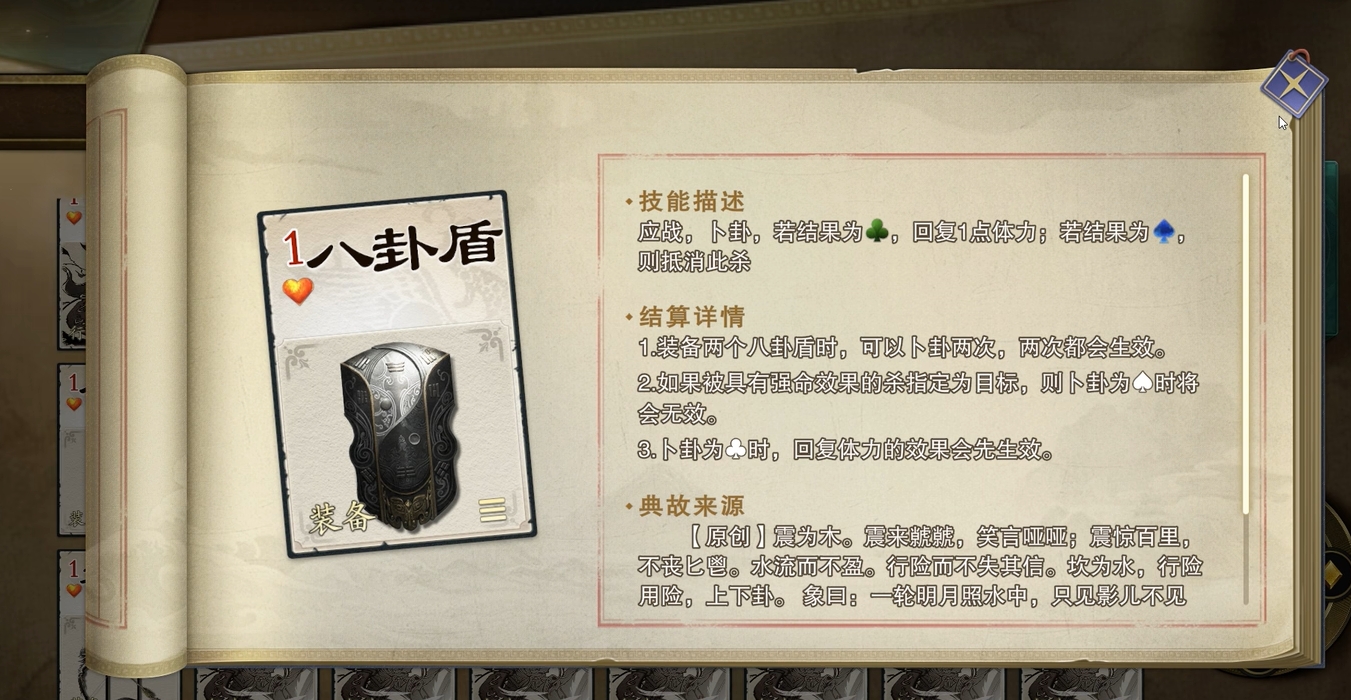
Above is the comprehensive guide to the card attributes in Code Slaughter. The three different types of cards each have their own uses, and players can reasonably play them according to their needs, maximizing the benefits of their plays, thus making it easier to win.
Recommend
Strategy
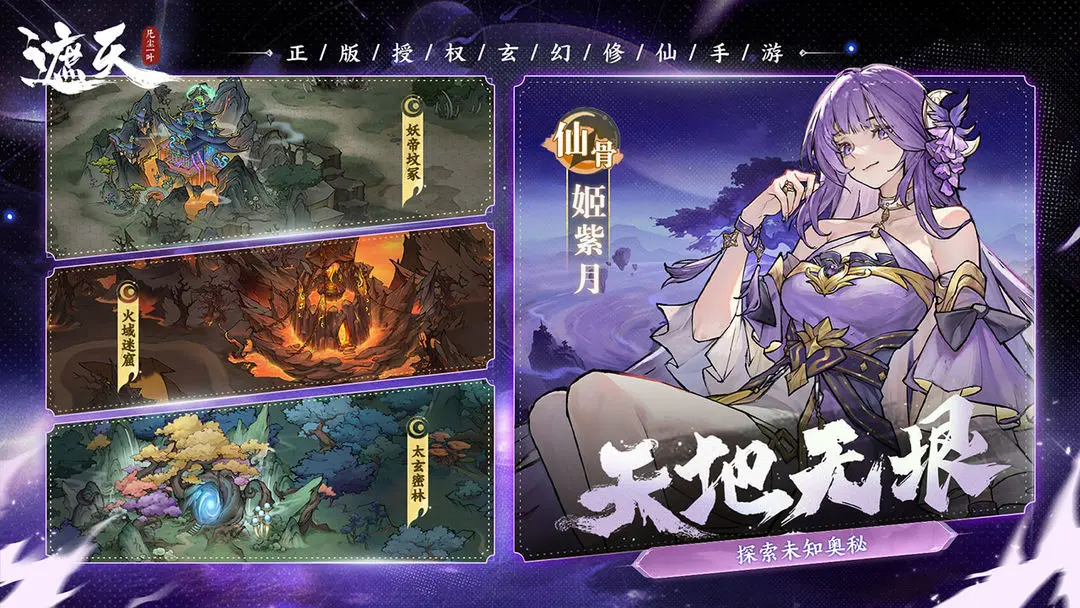
A Guide to Zhetian Fanchen Yiyue Sharing Tips for New Players on How to Play Zhetian Fanchen Yiyue
Introduction to the Public Beta Time of Zhetian Fanchen Yeyi When is the public beta for Zhetian Fanchen Yeyi?
How is Zi Yue from Zhetian Fanchen? Introduction to Zi Yue from Zhetian Fanchen
What are the Luhida Origin redemption codes? Sharing of Luhida Origin mobile game gift codes
Lu Xida Origin Team Recommendations Lu Xida Origin Team Guide
Lu Xida Origin Strategy Sharing: Beginner's Guide to Lu Xida Origin
